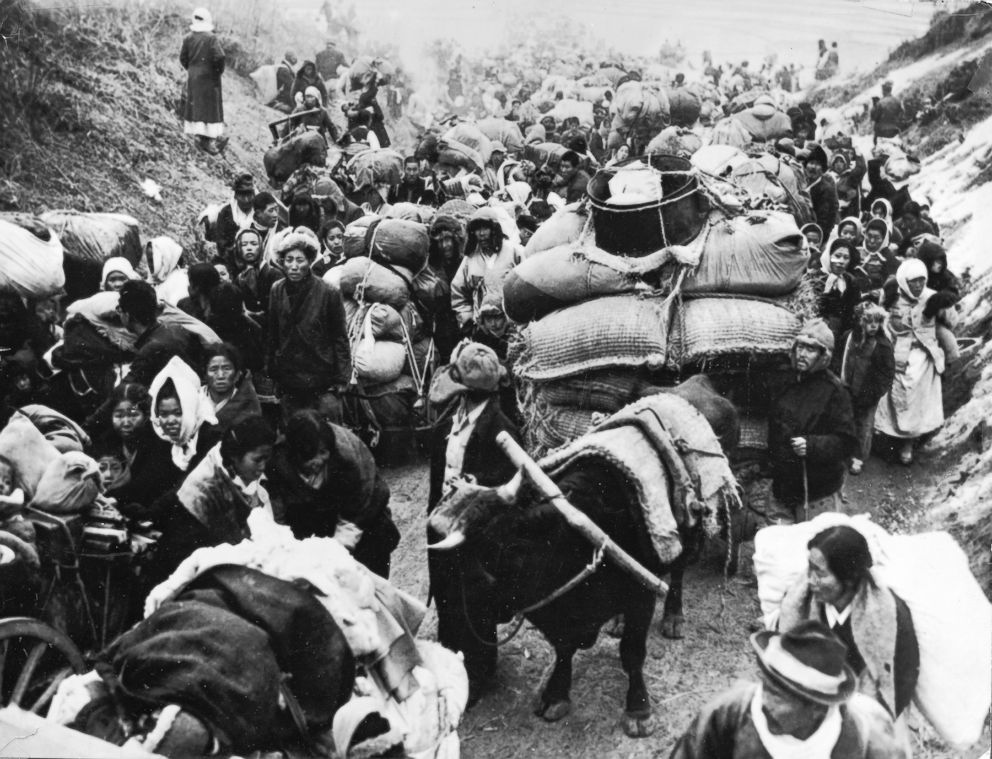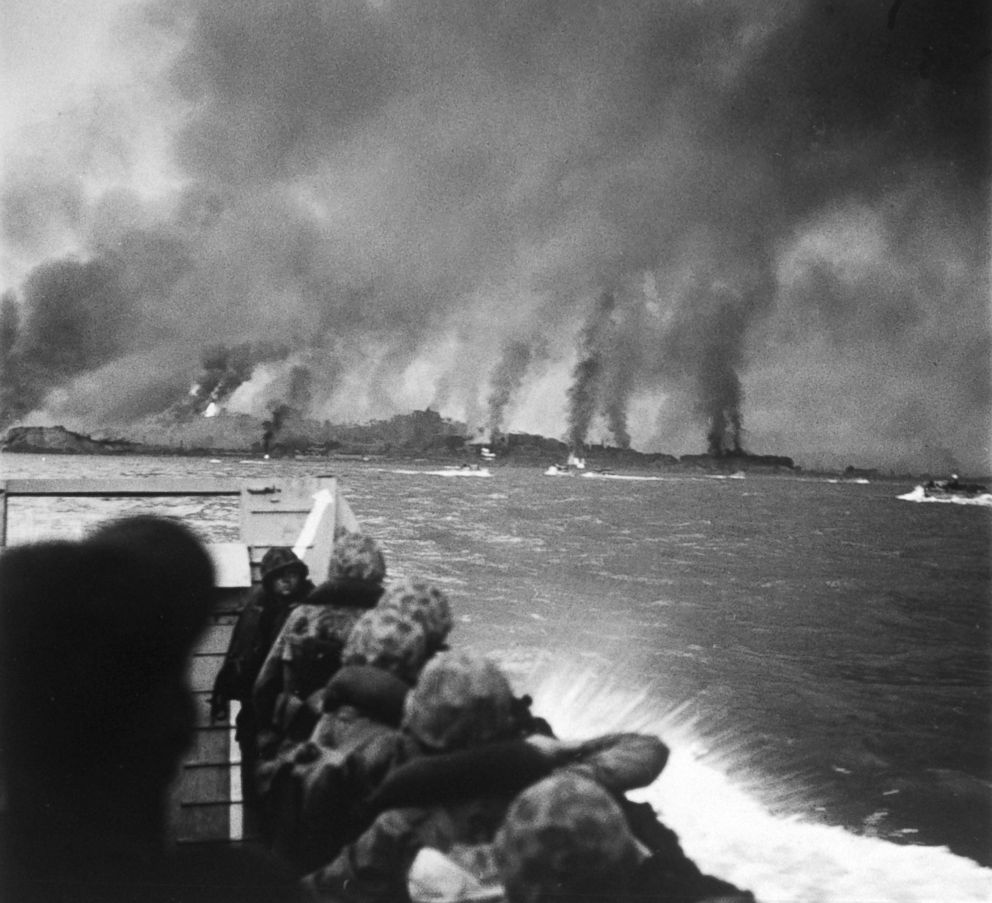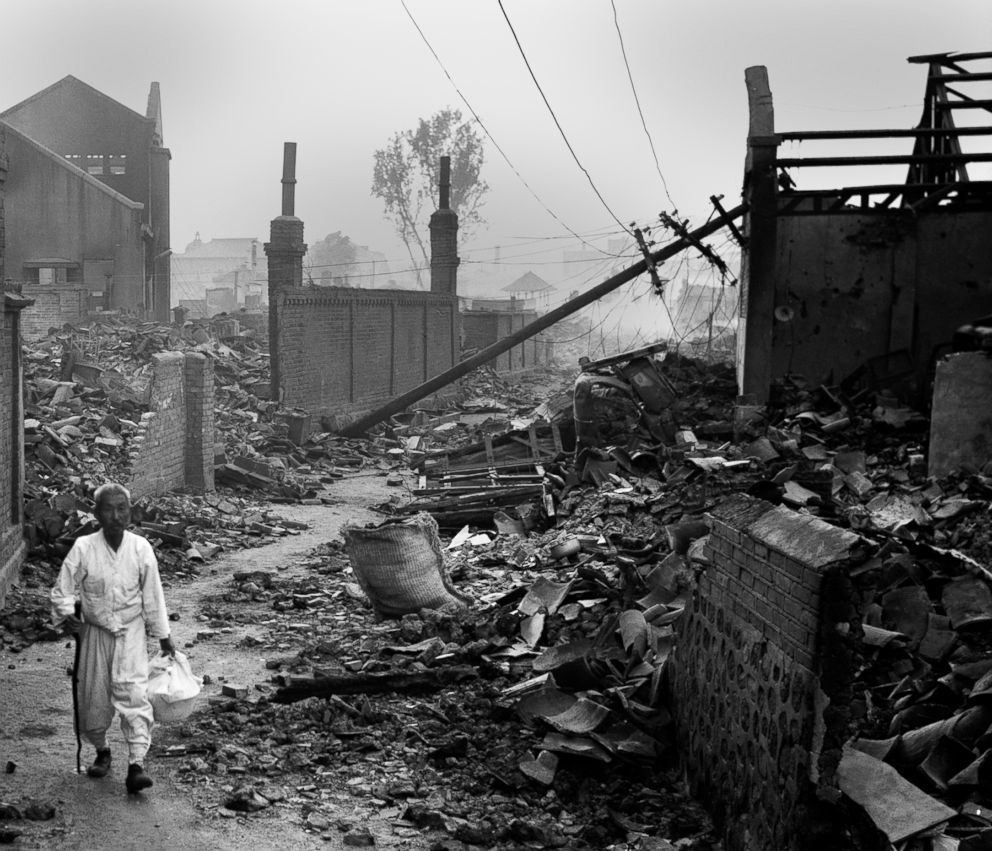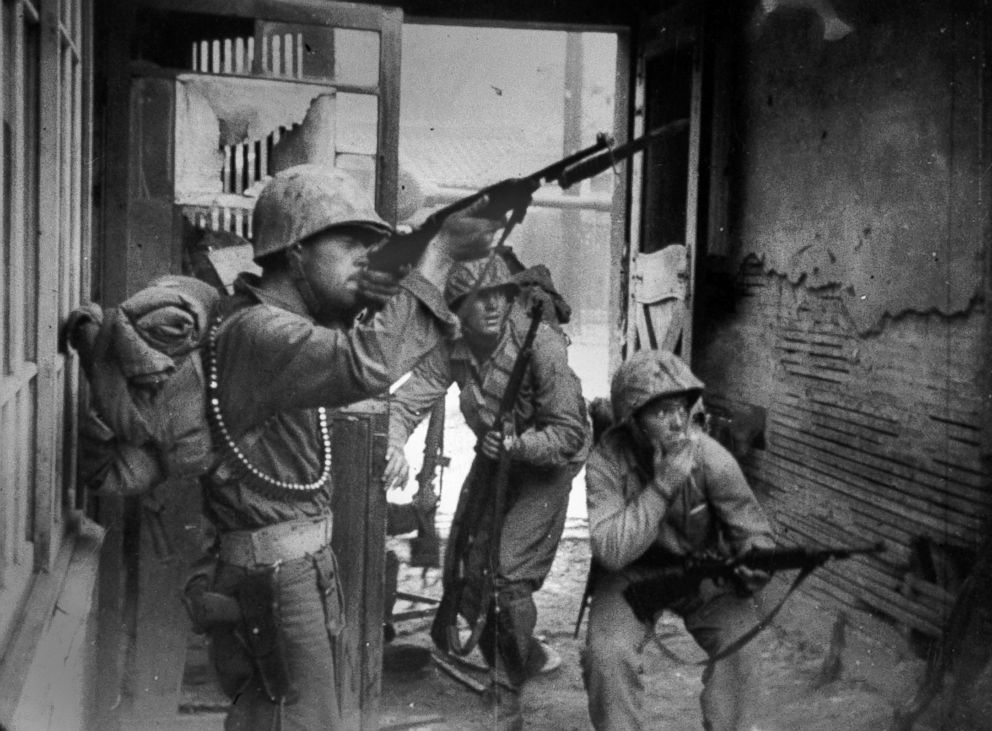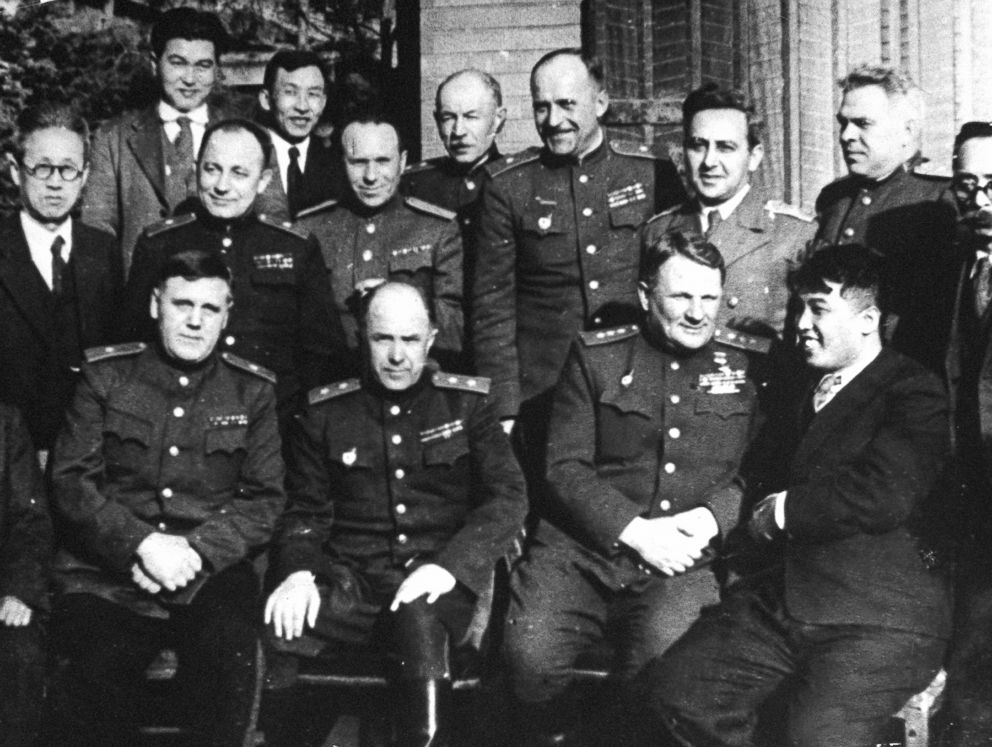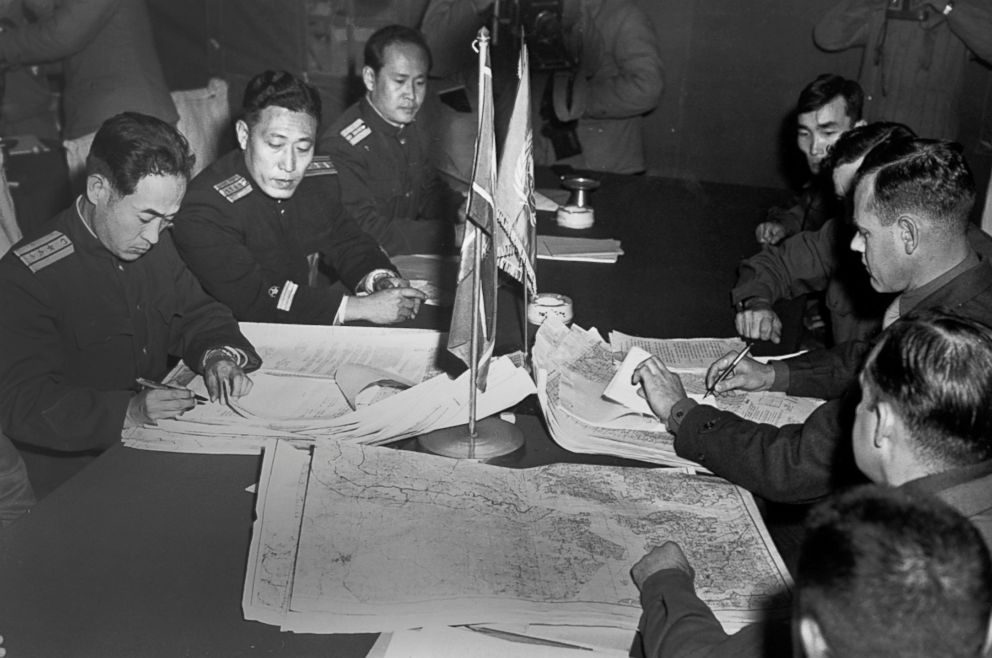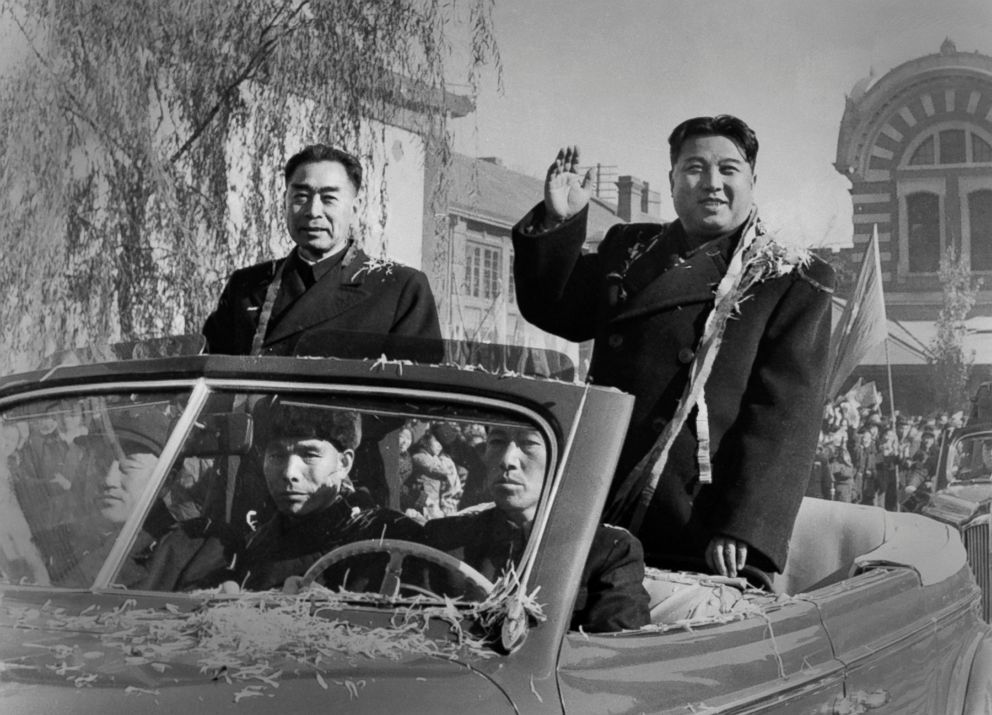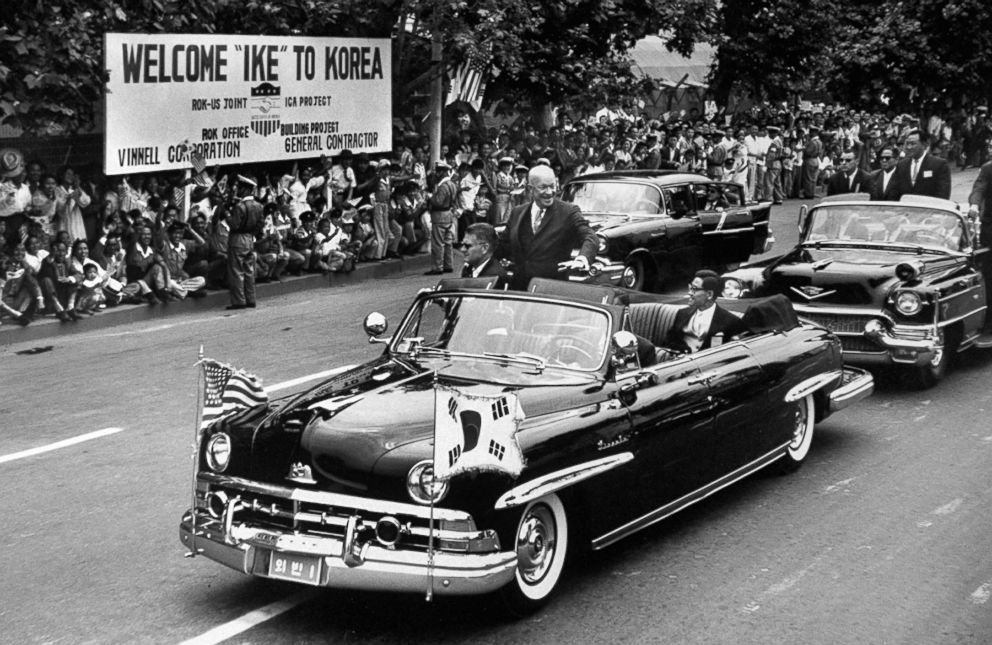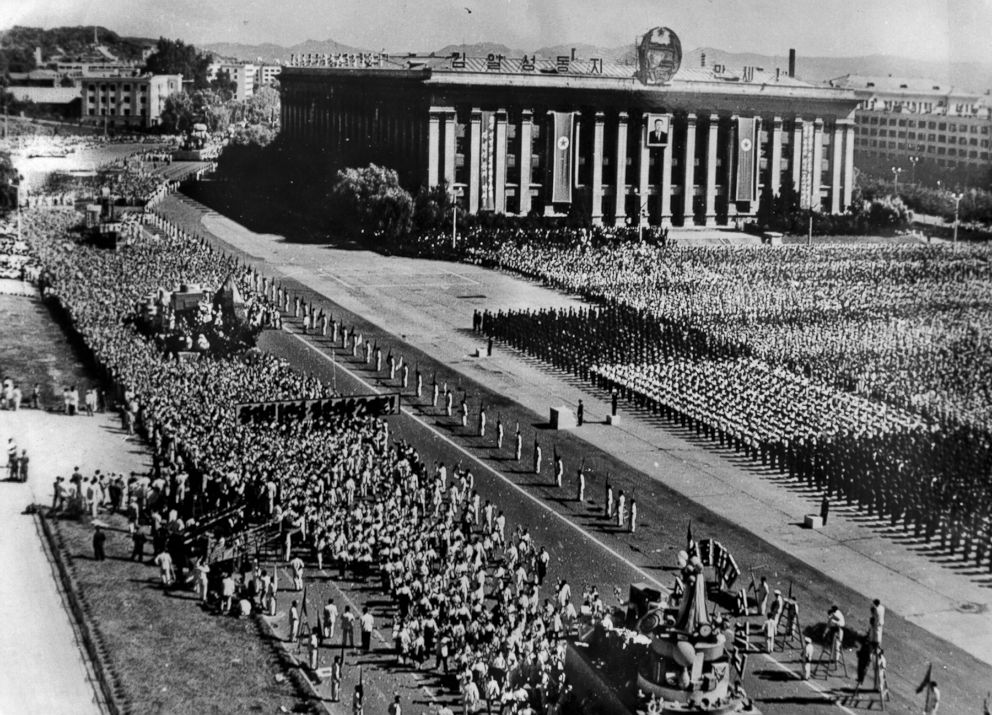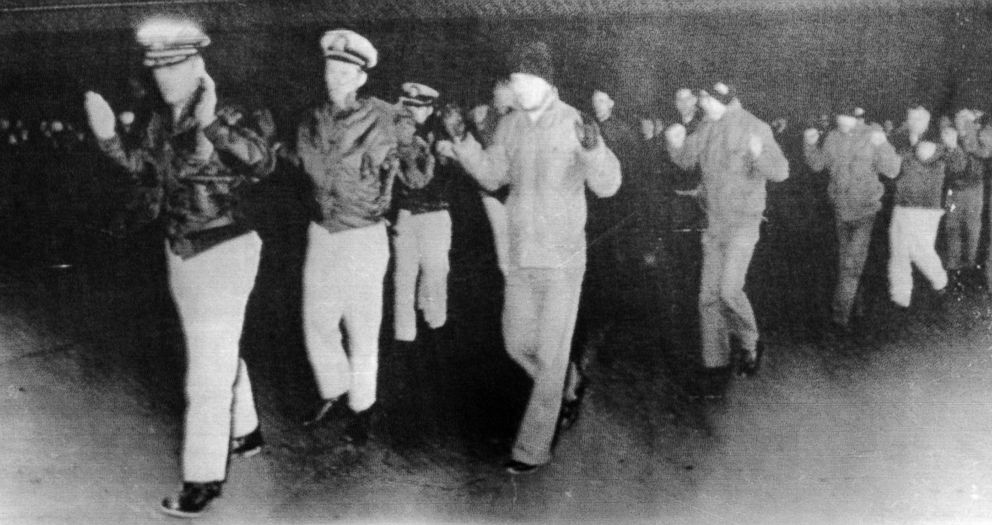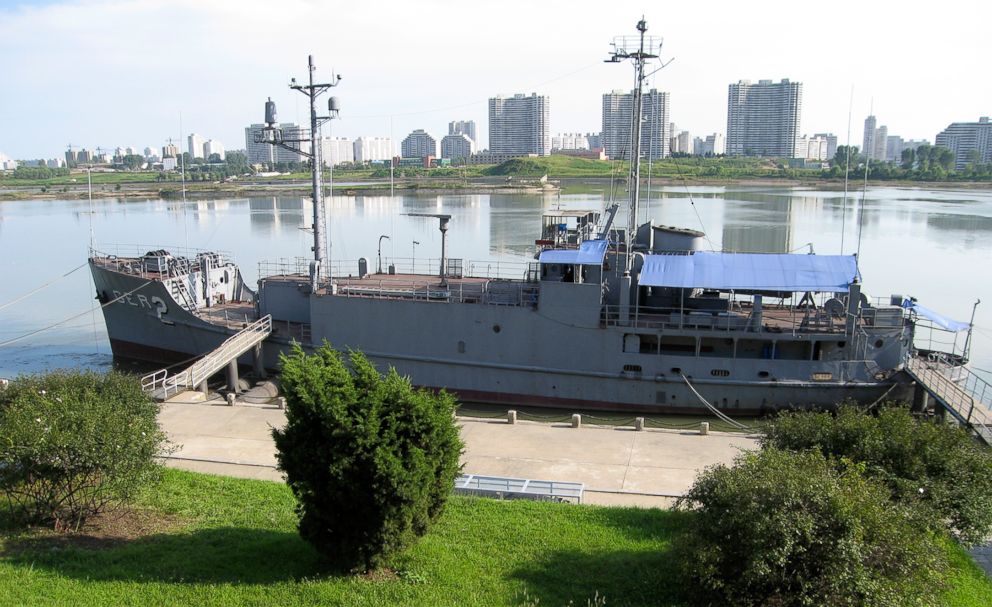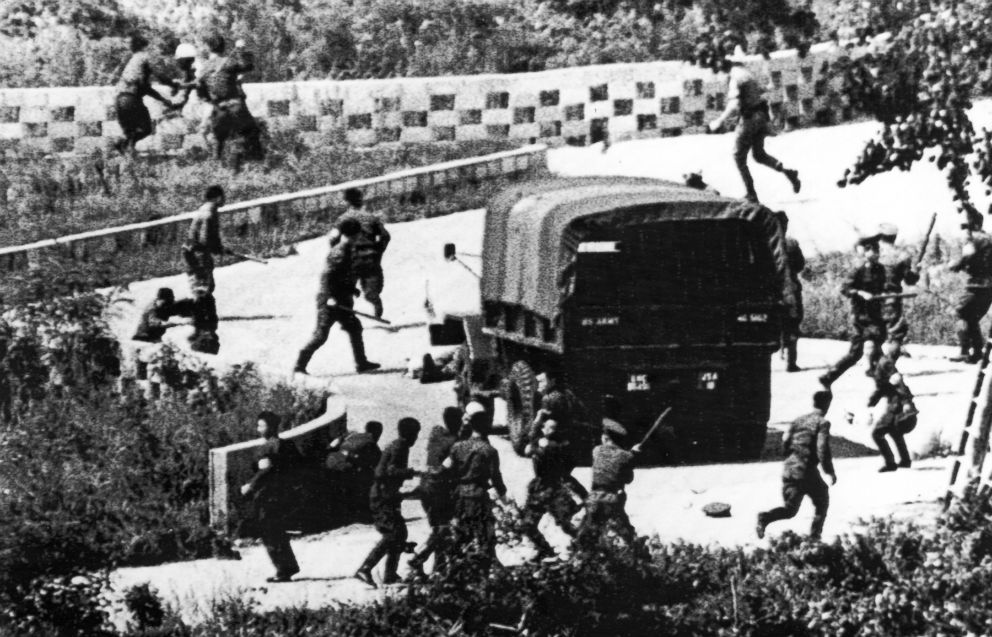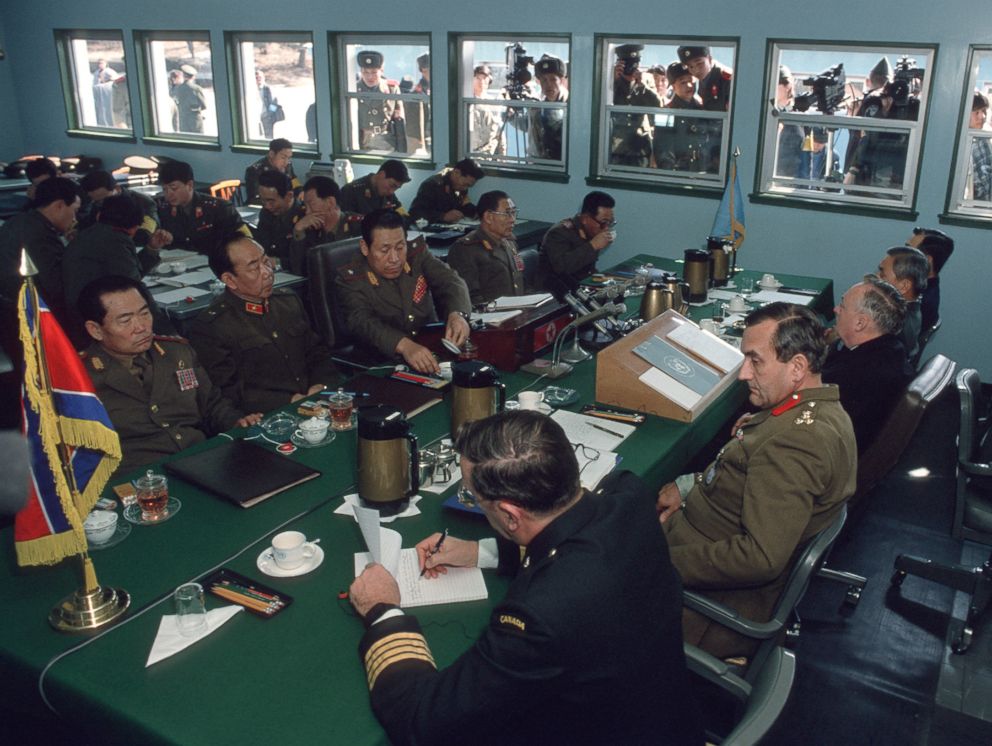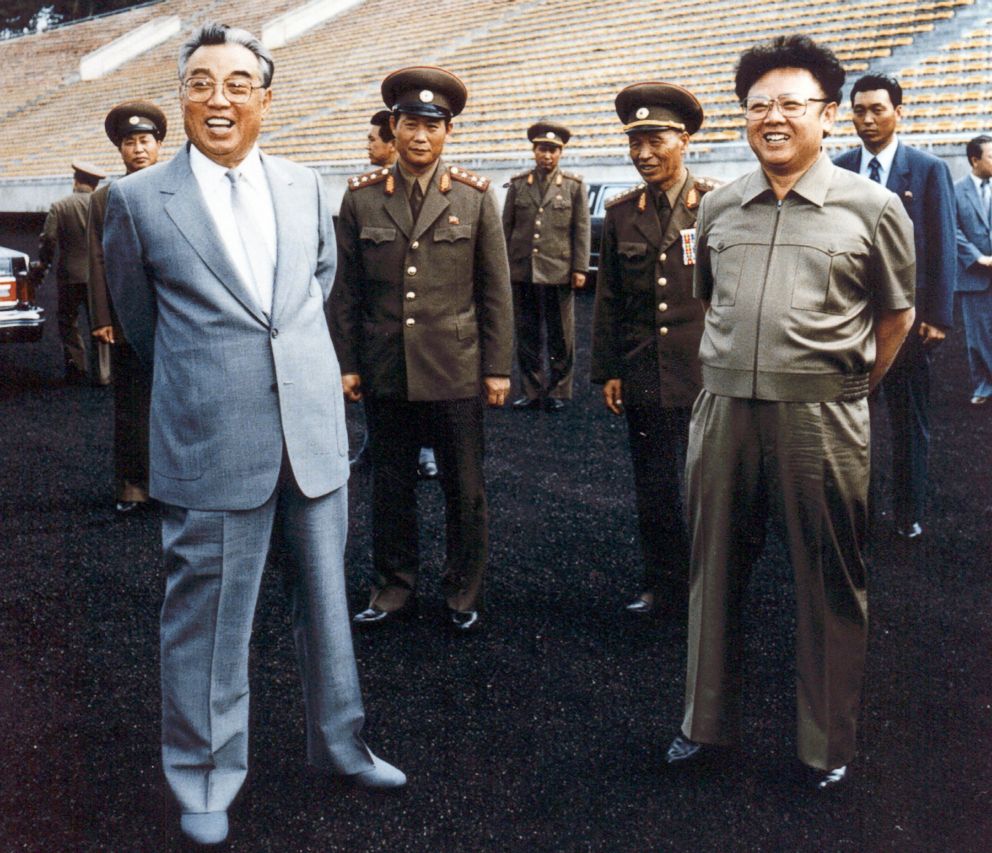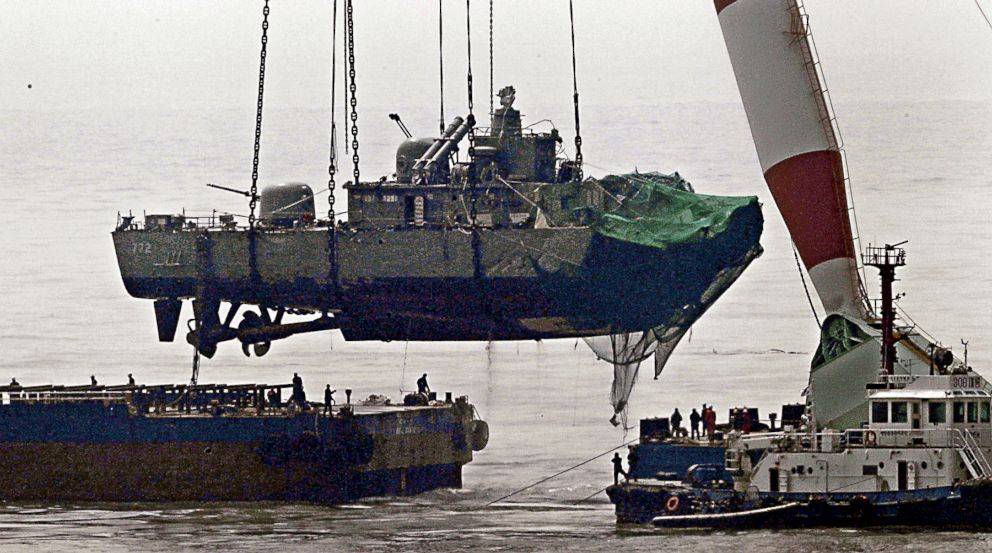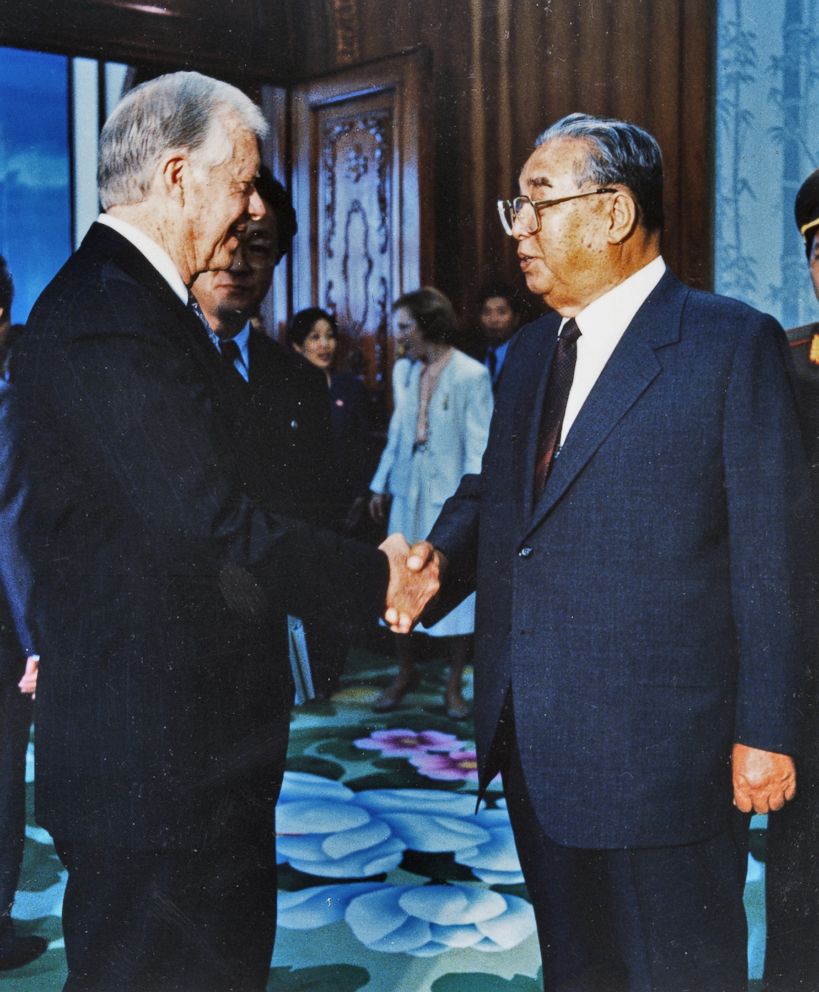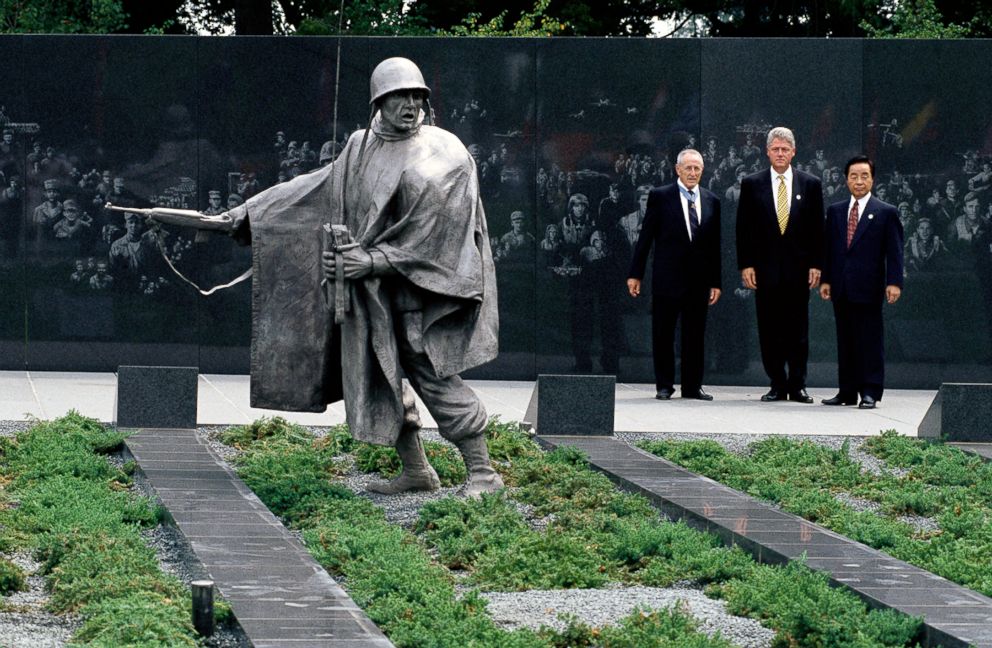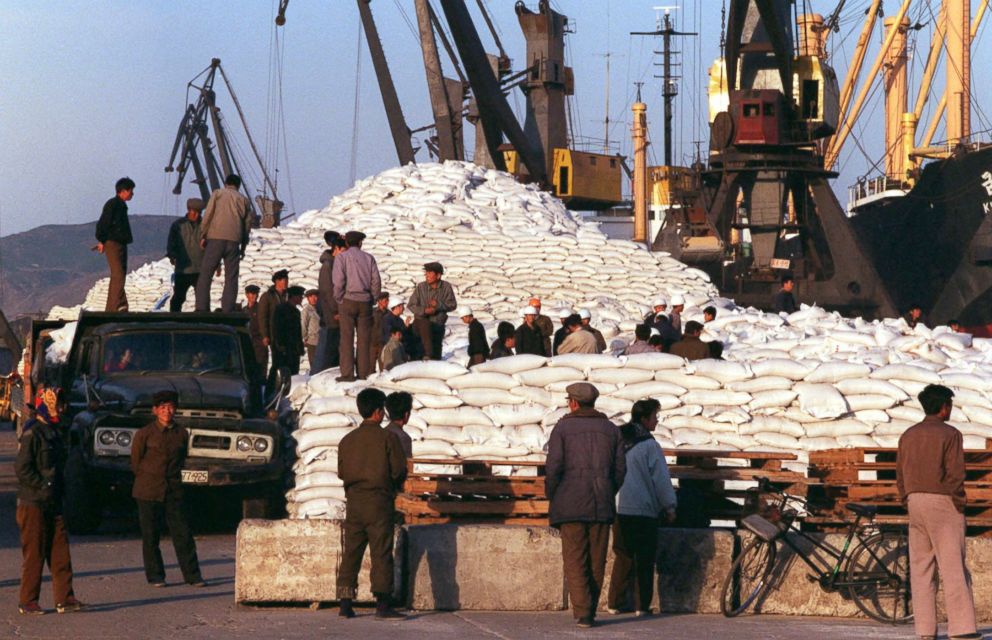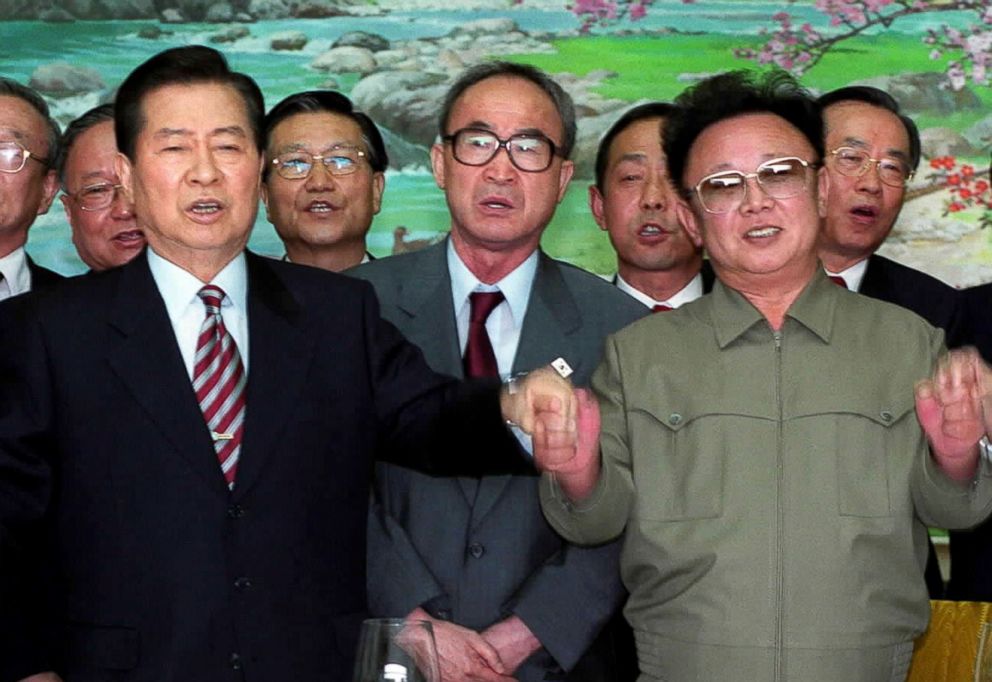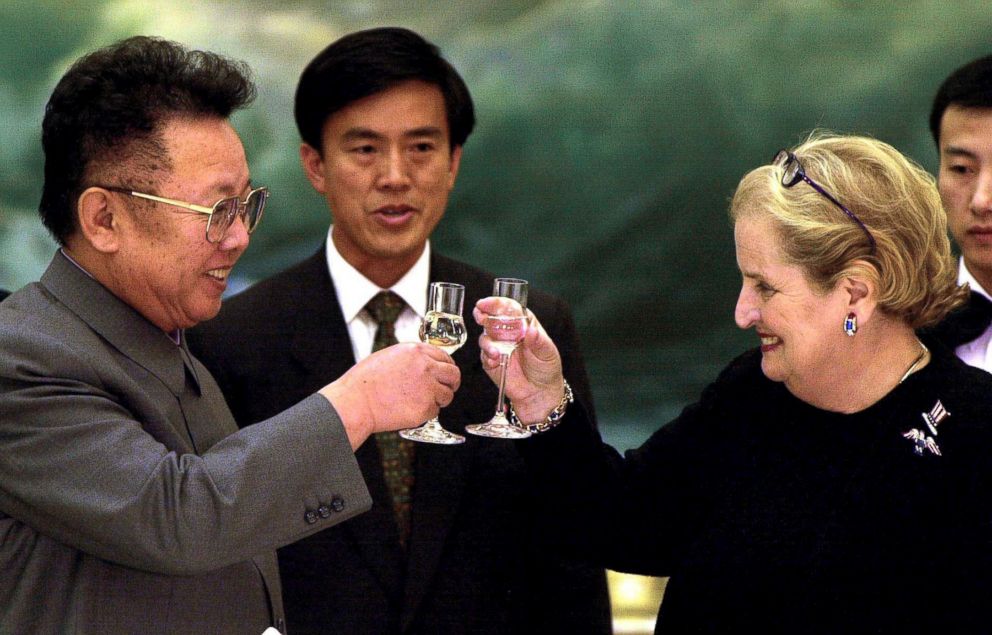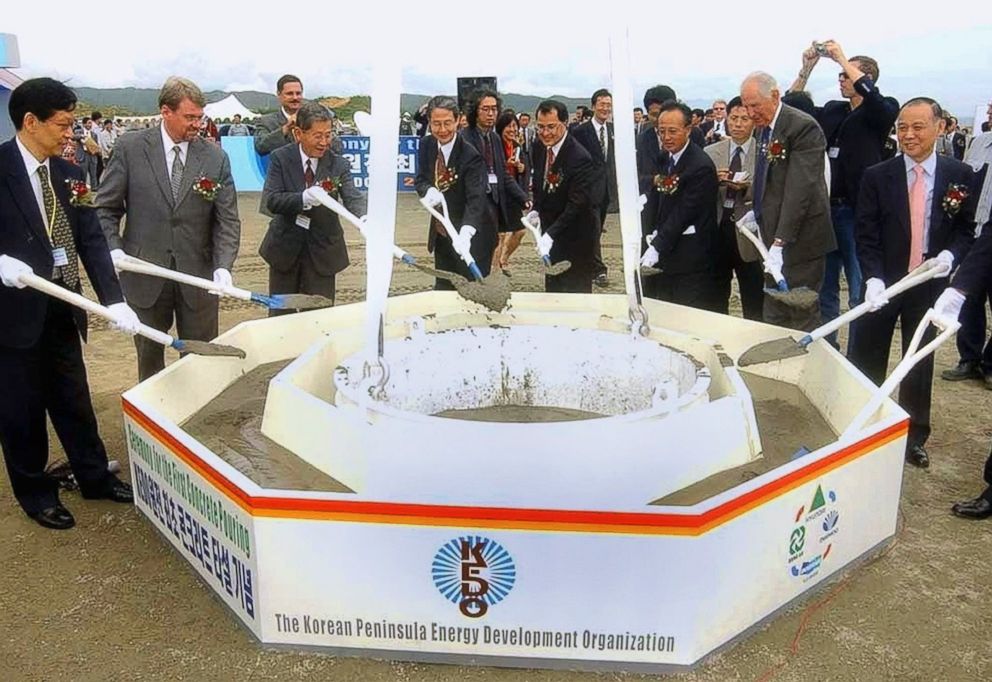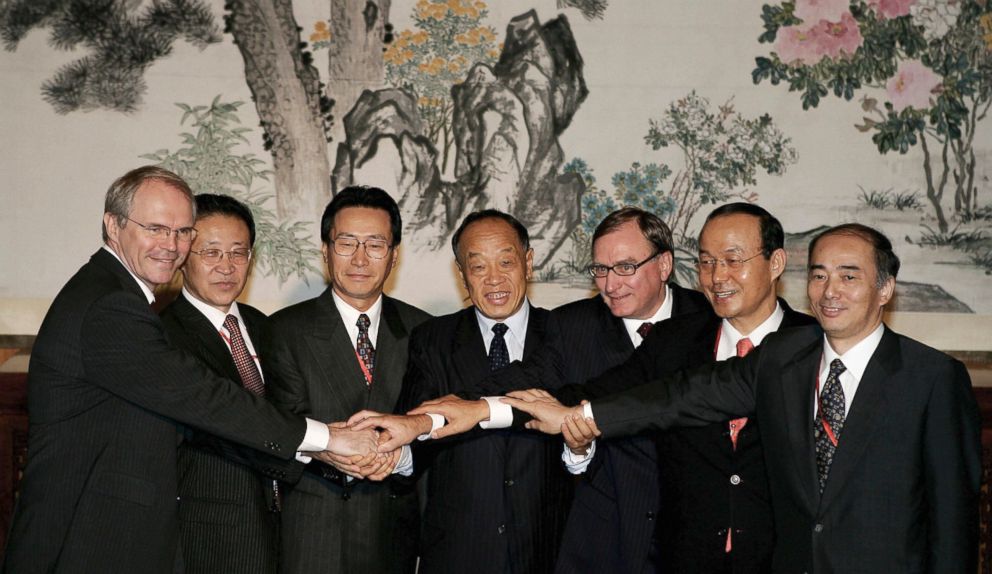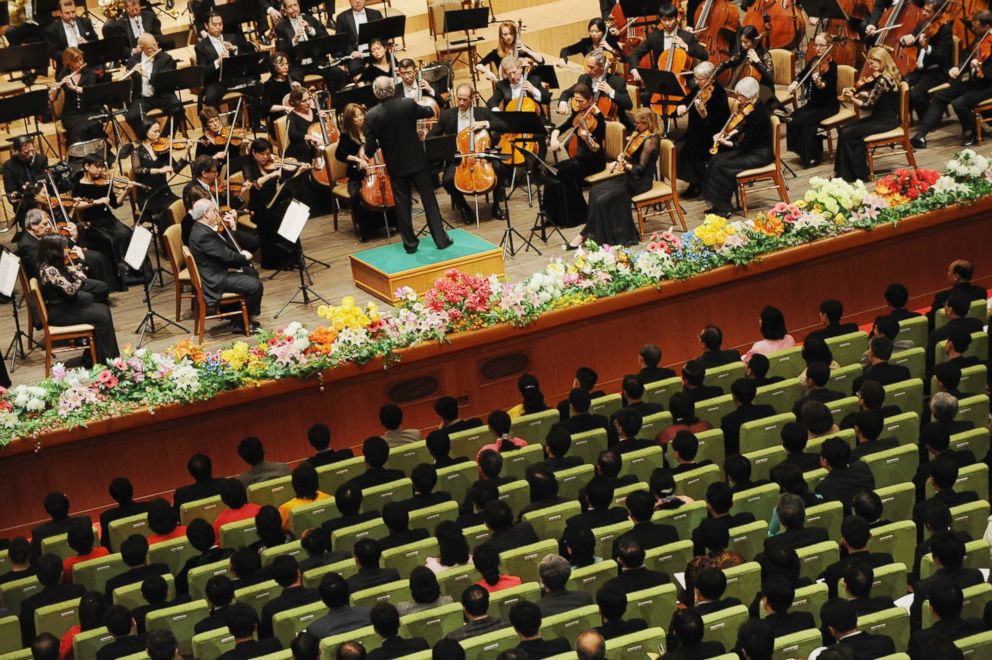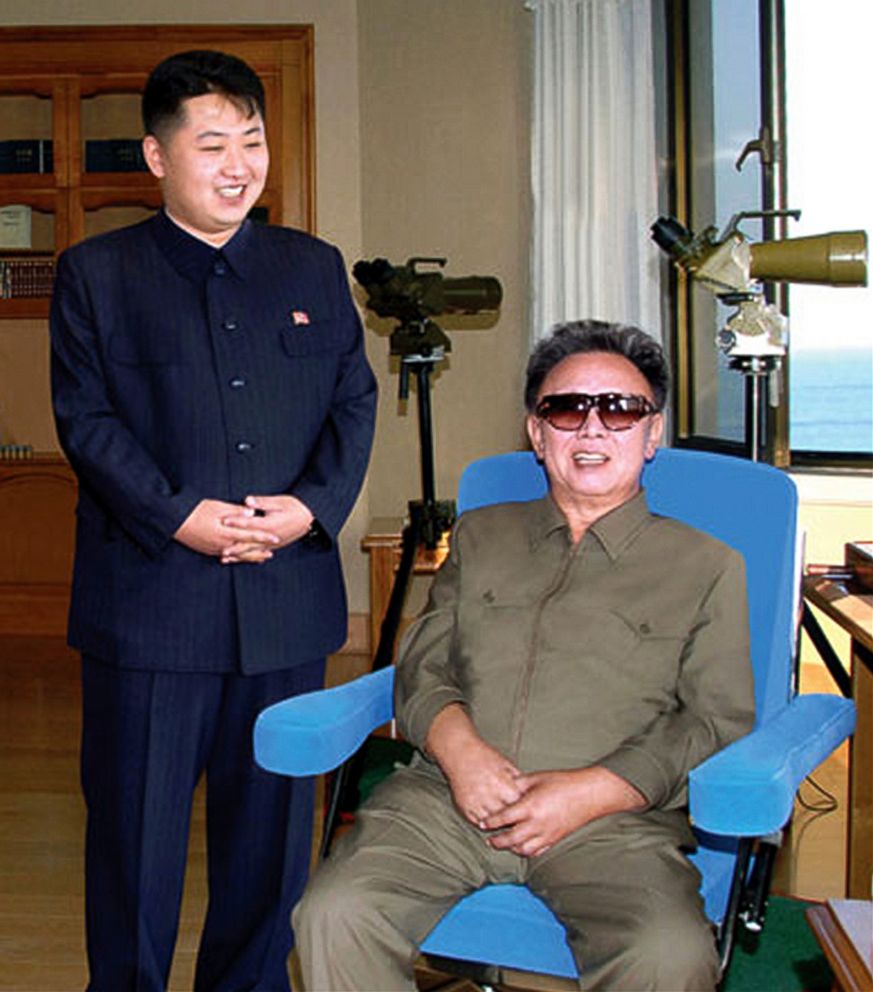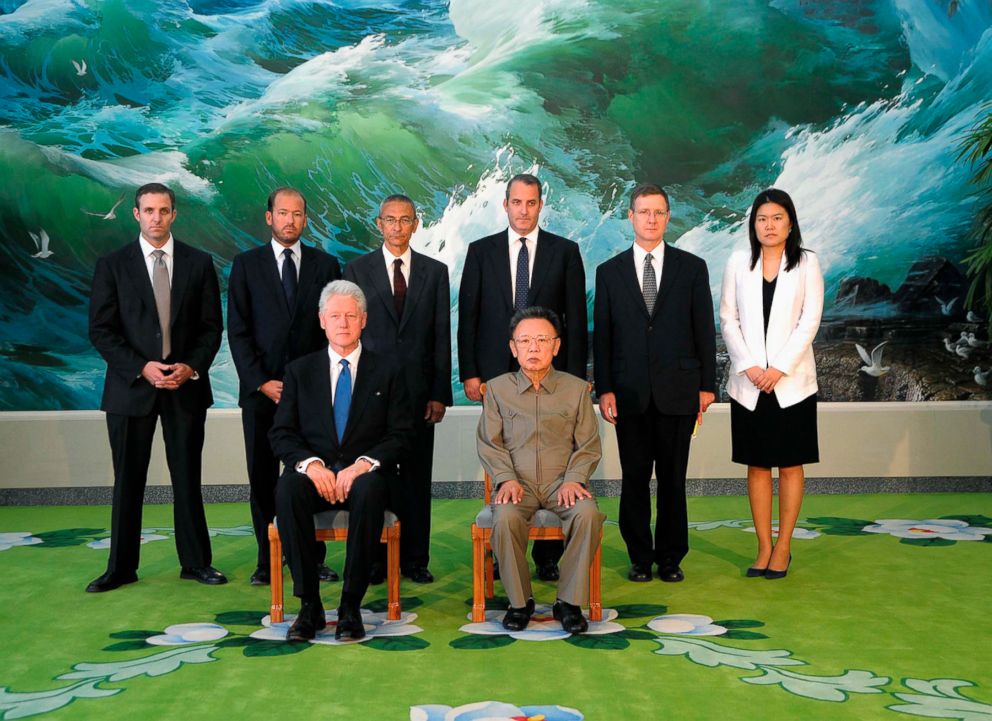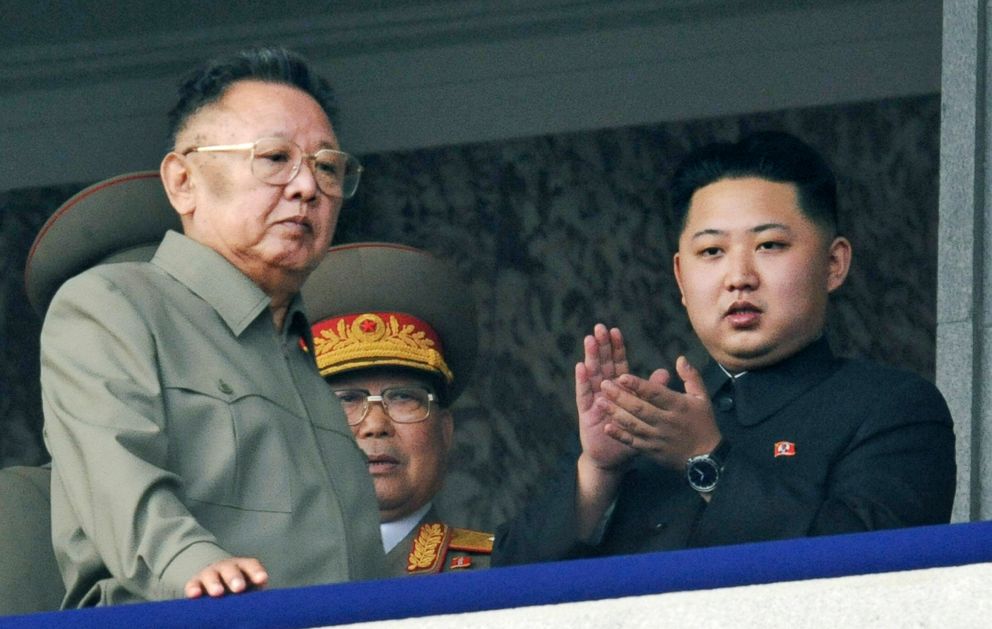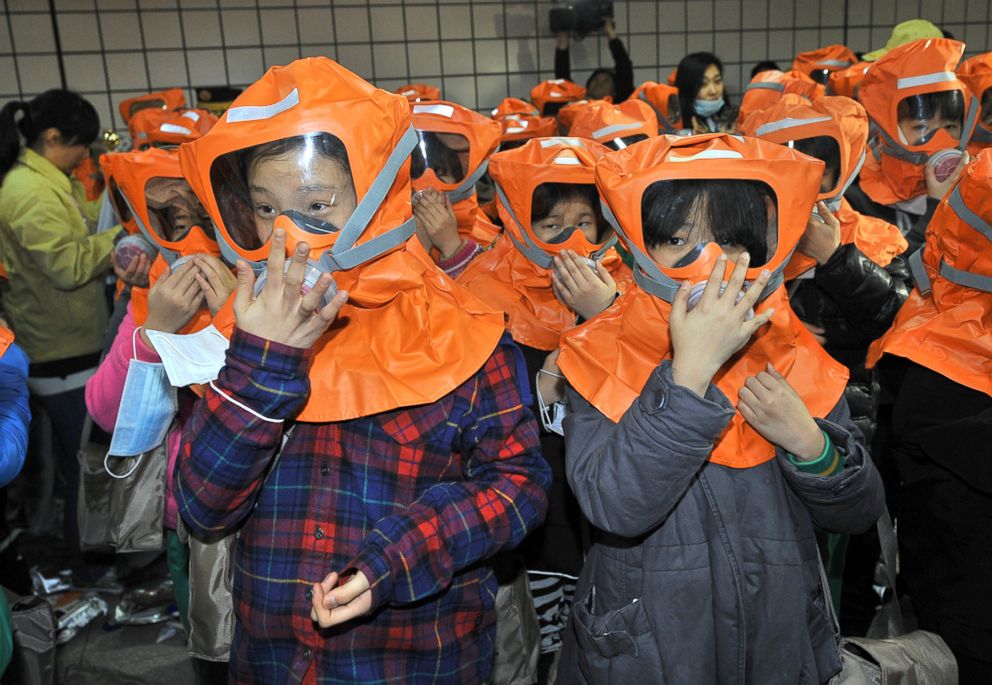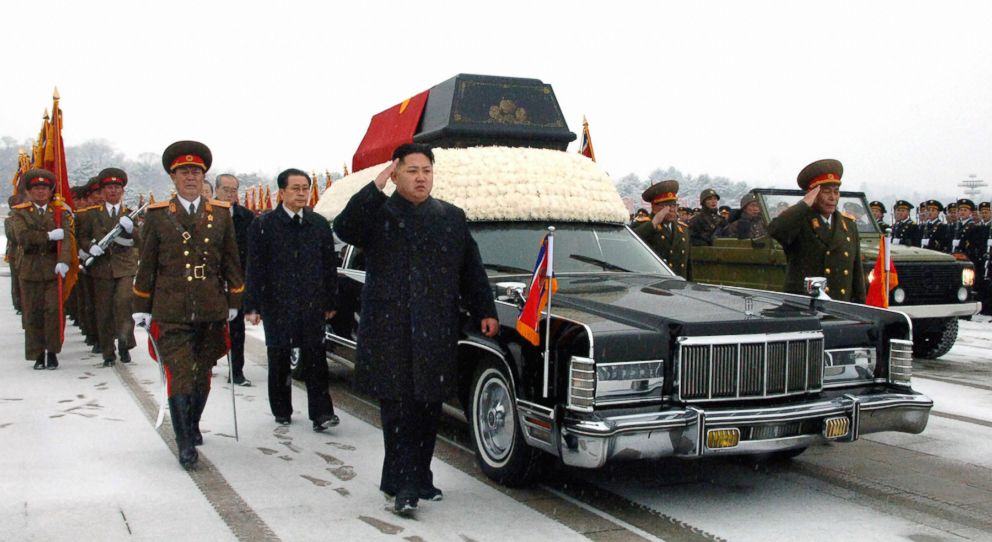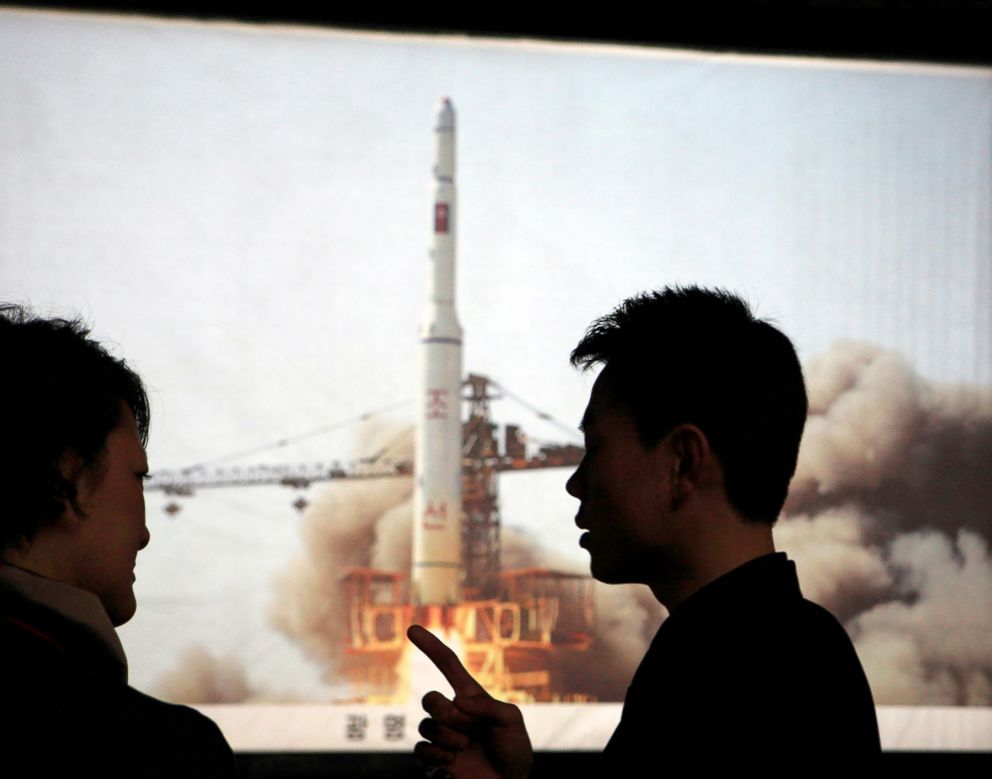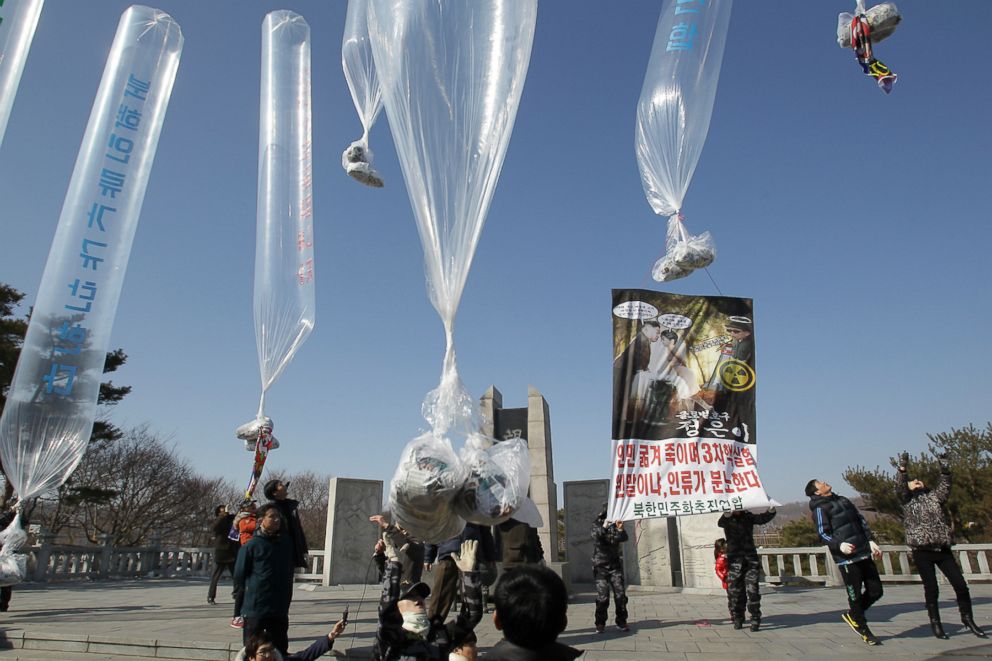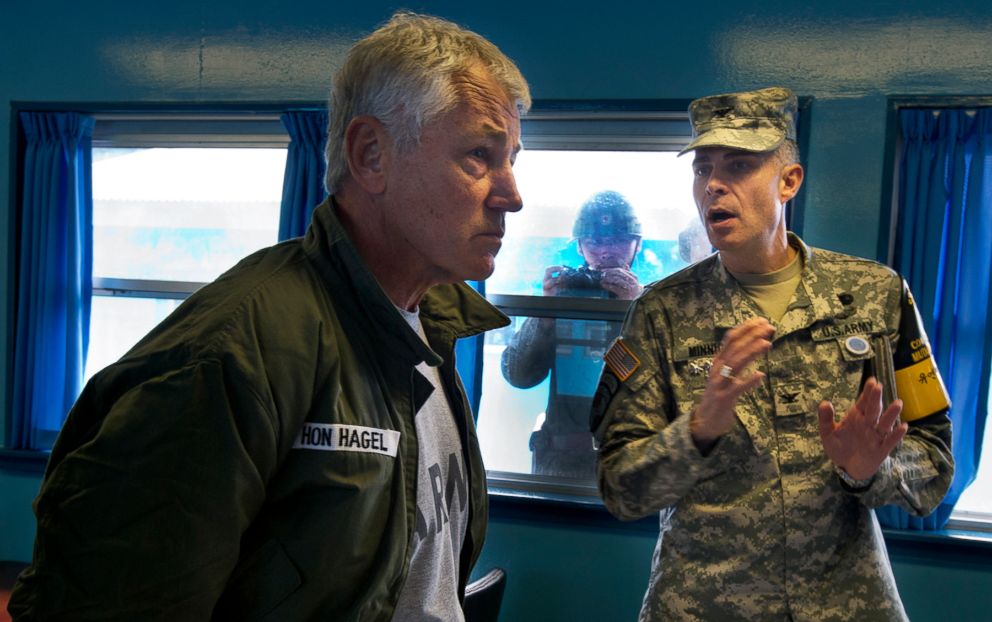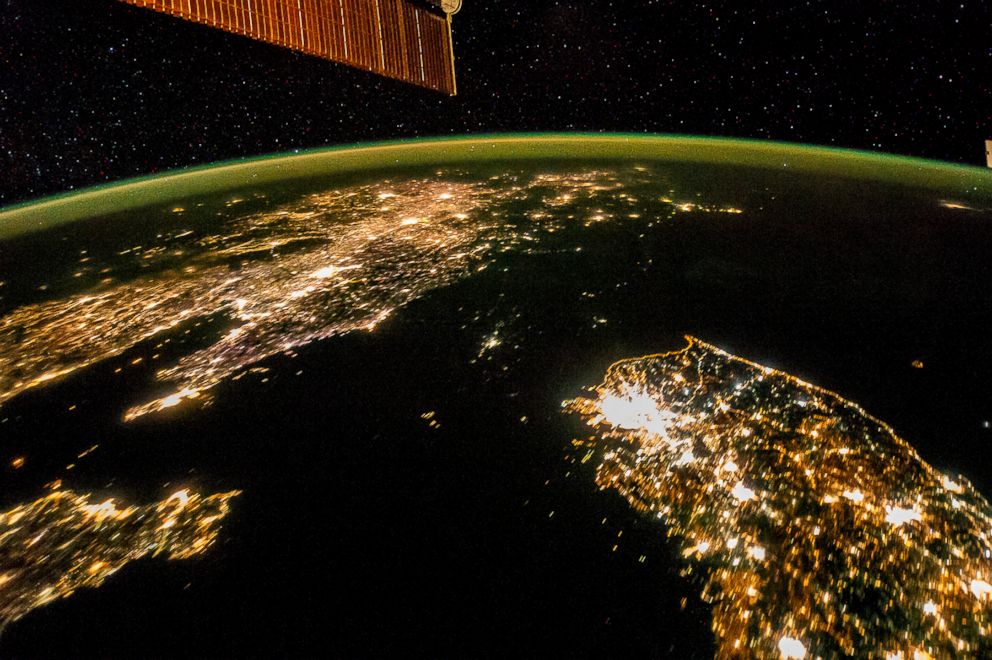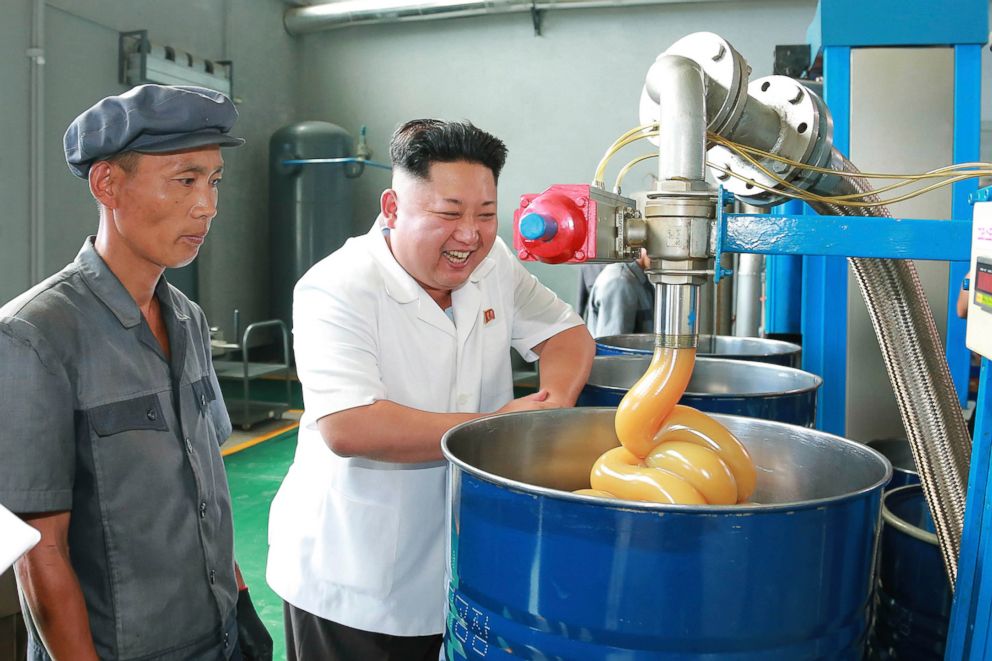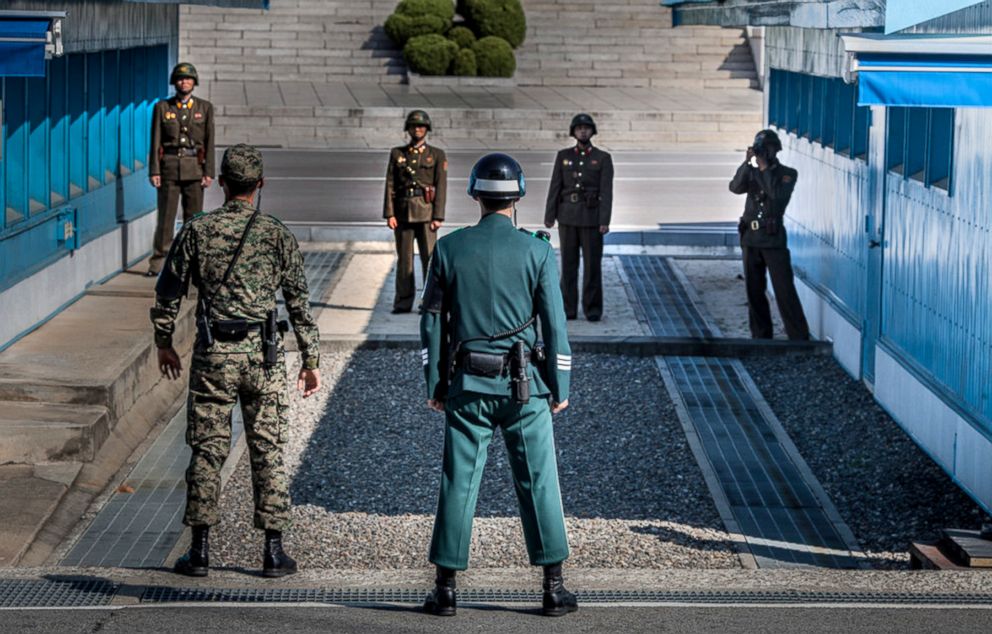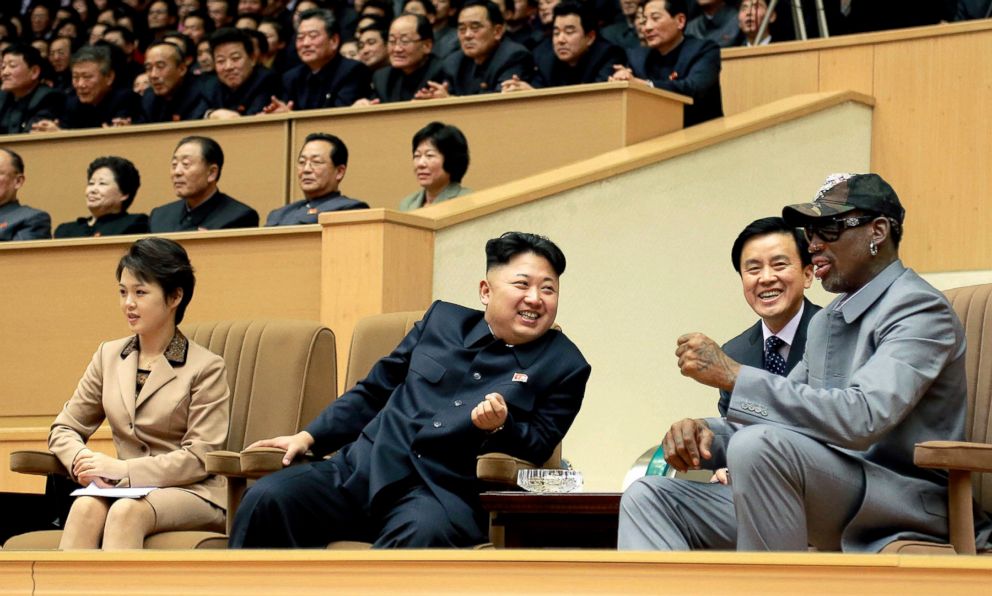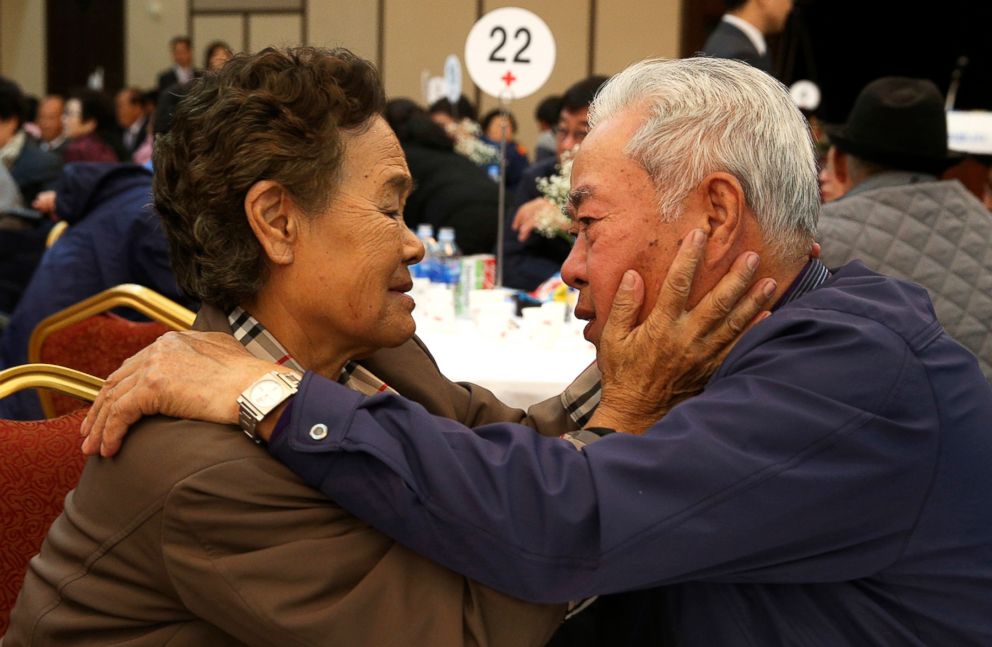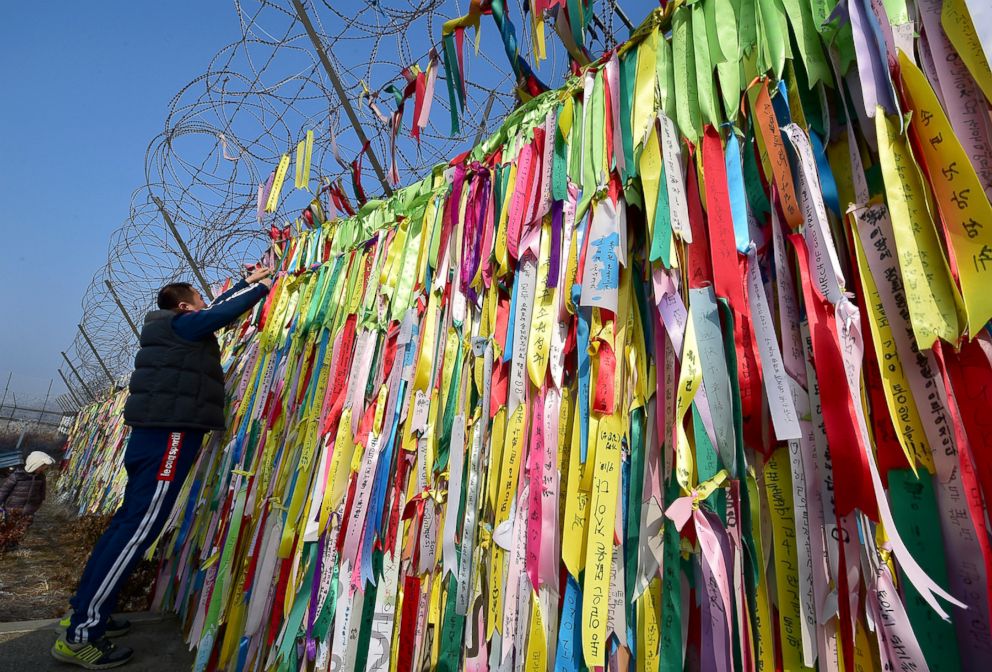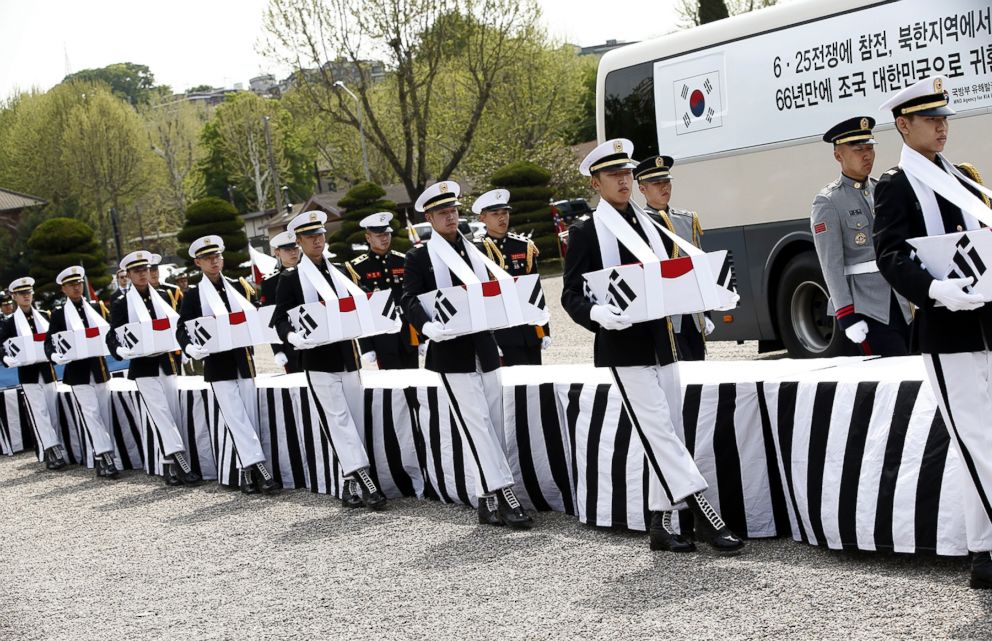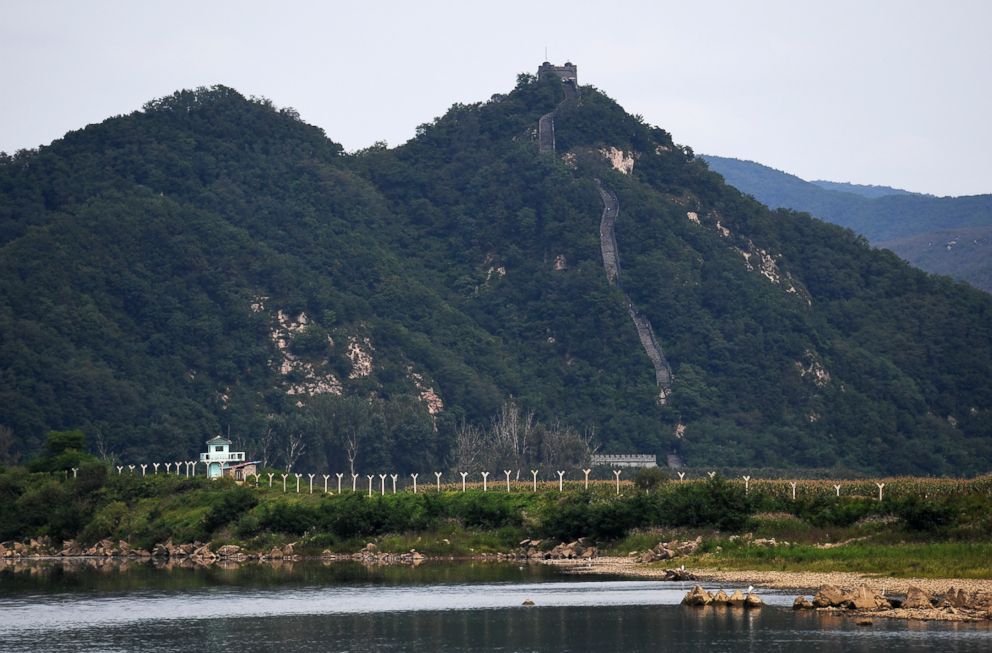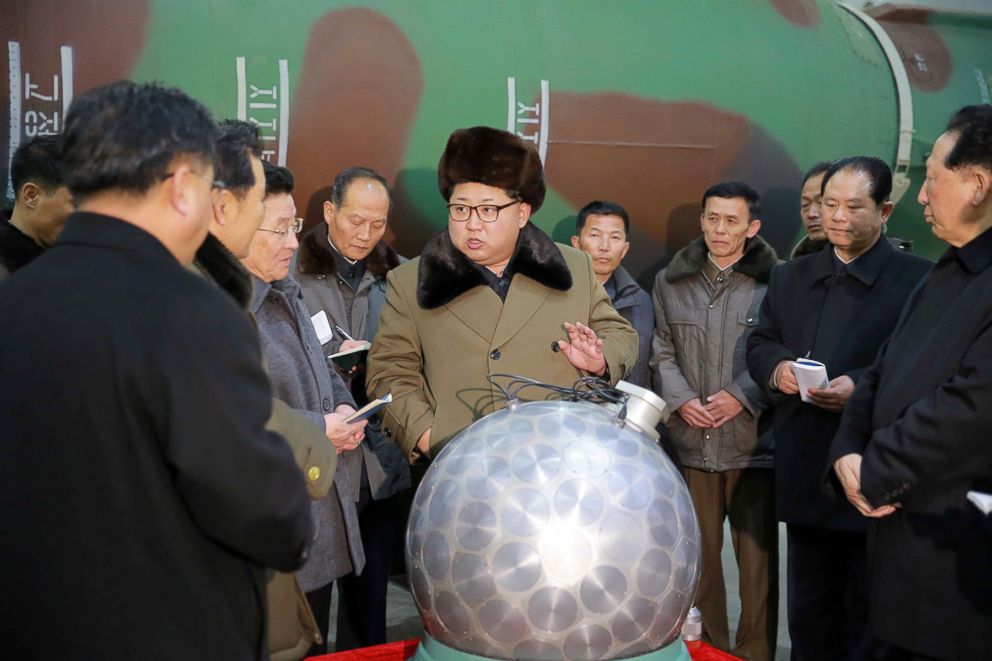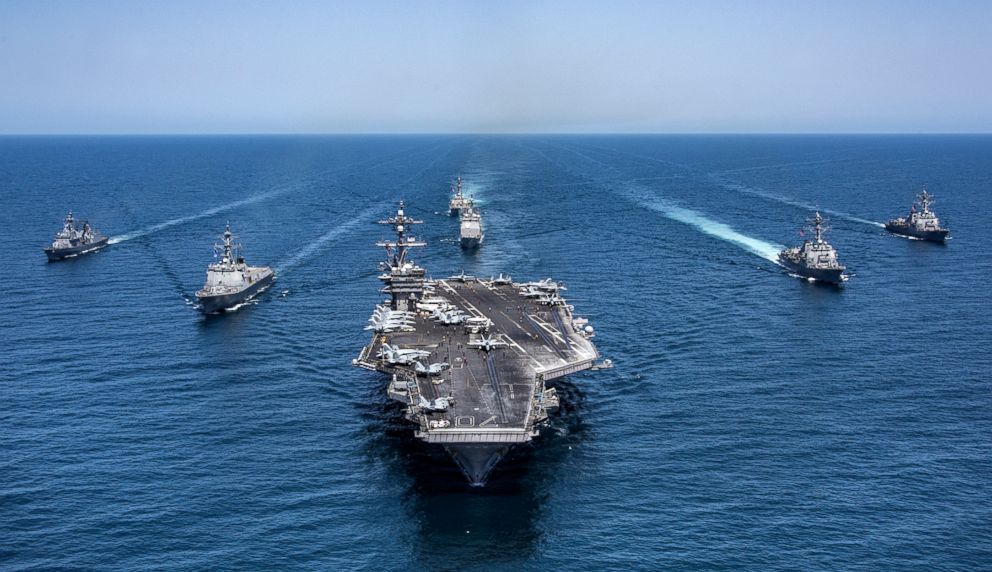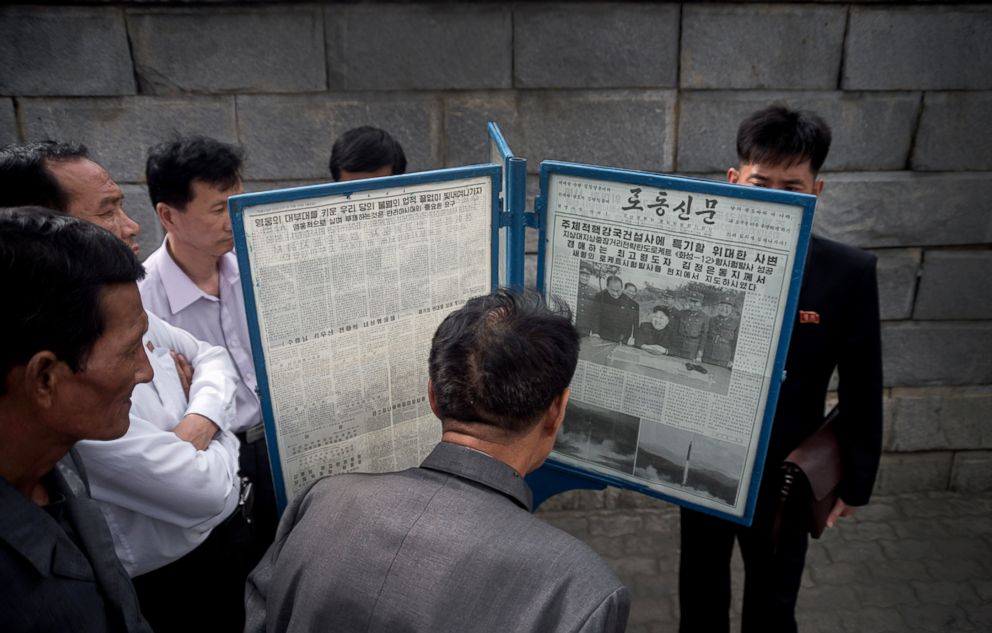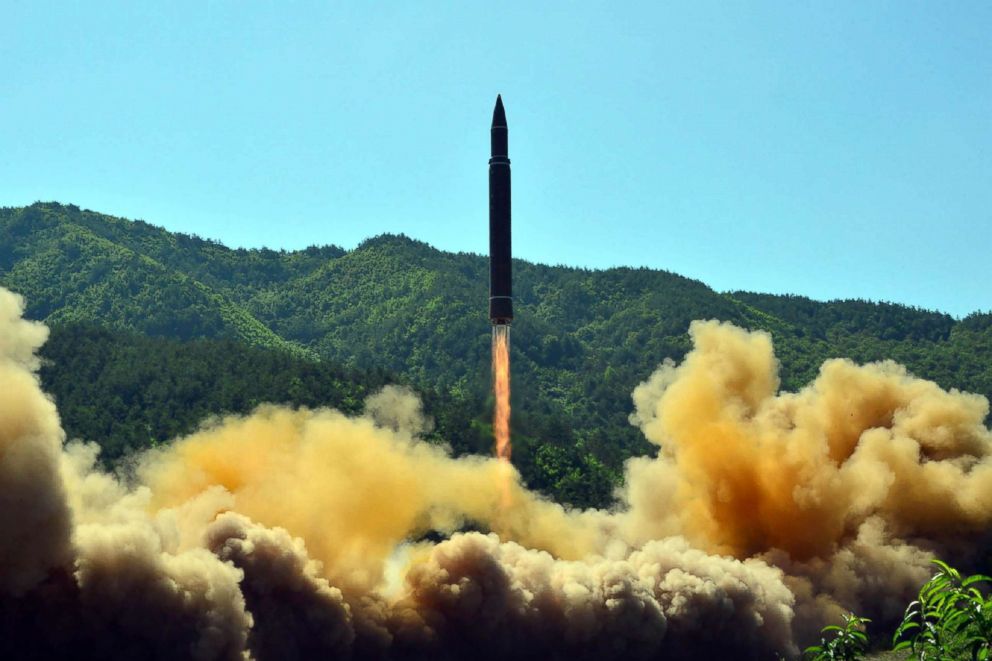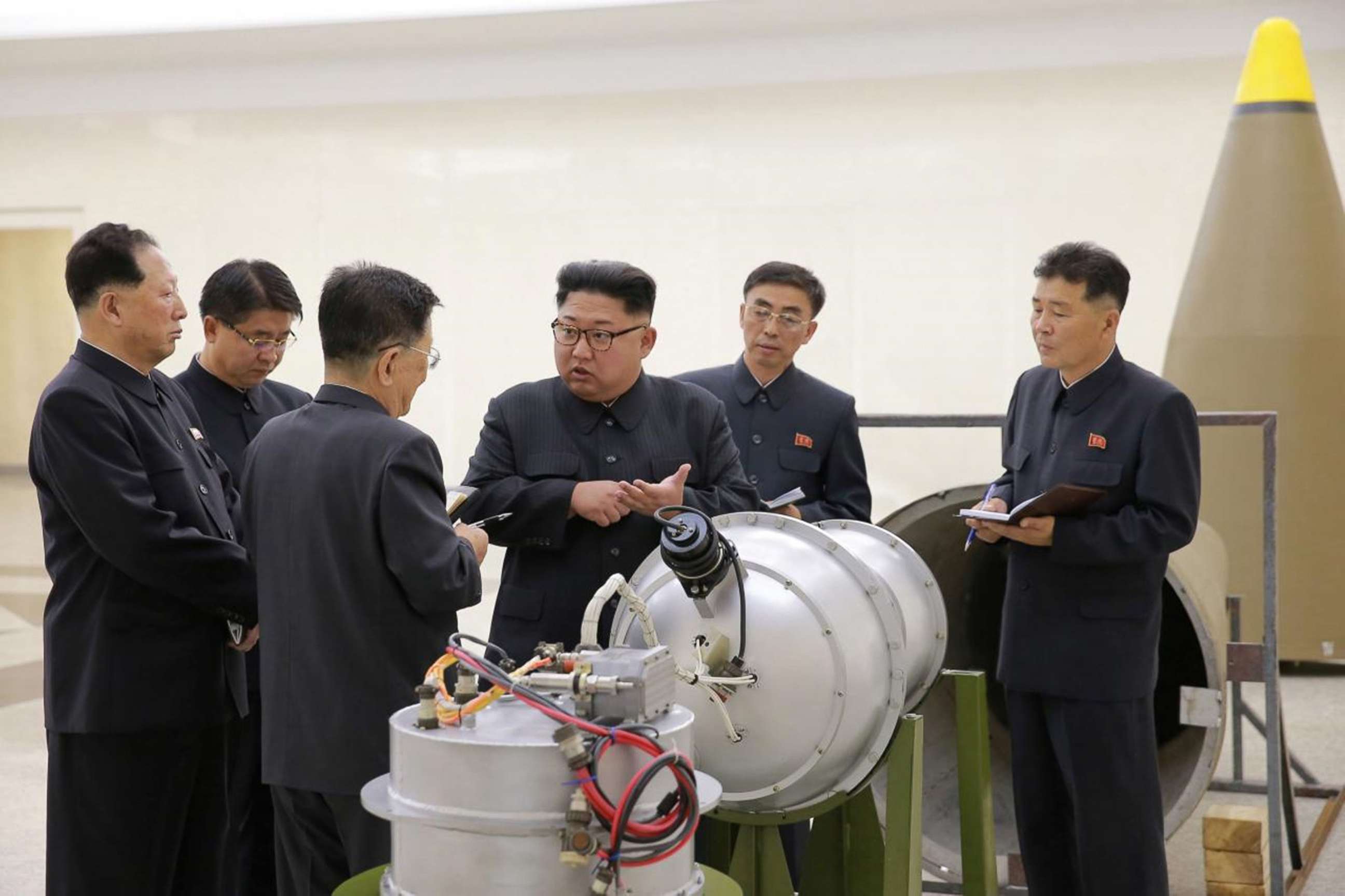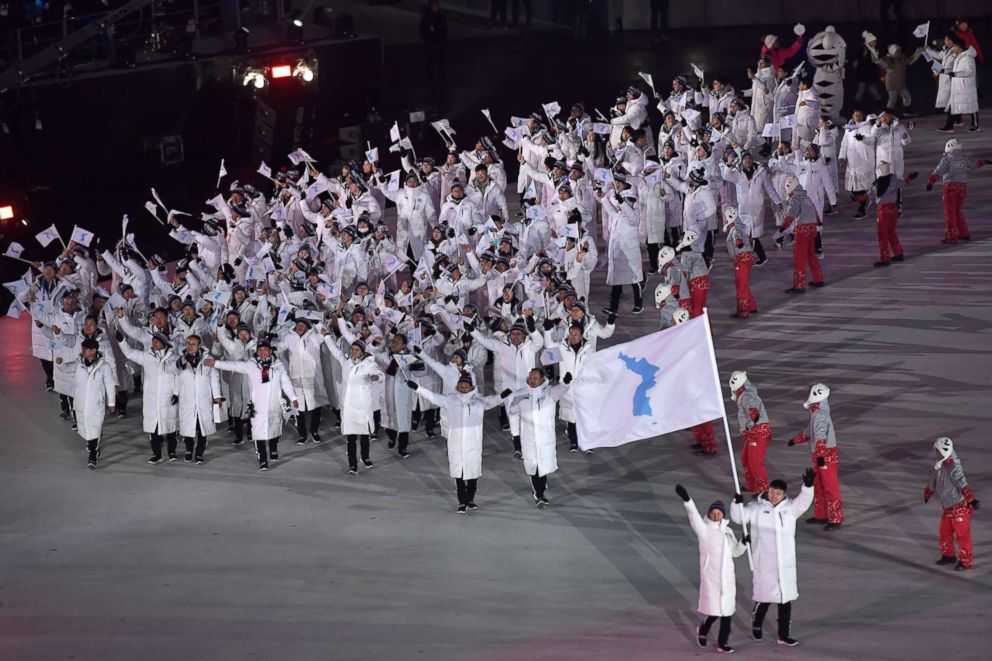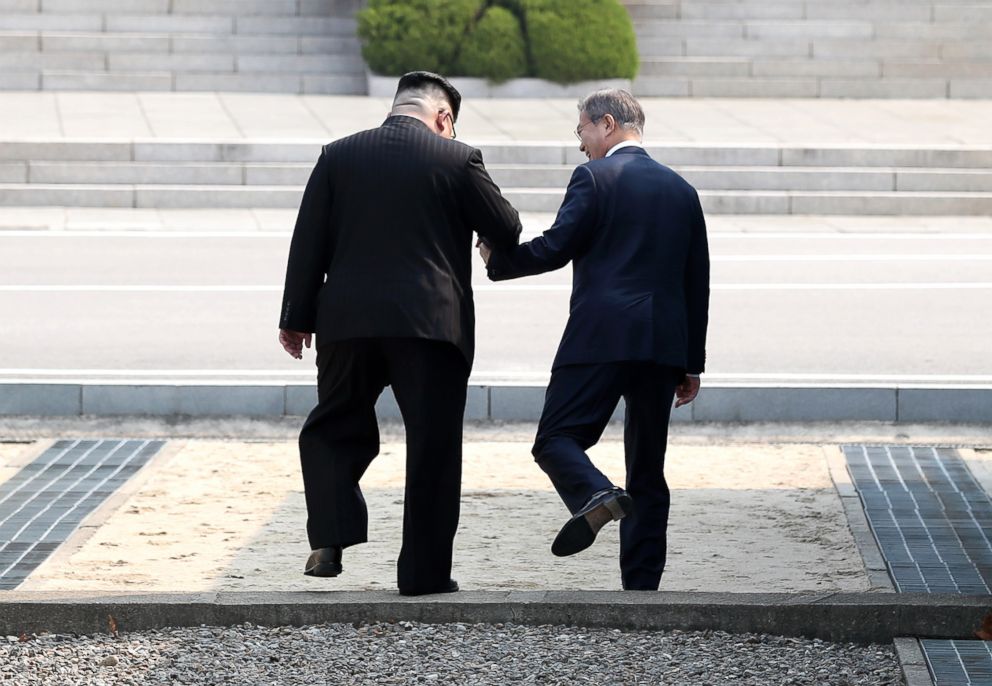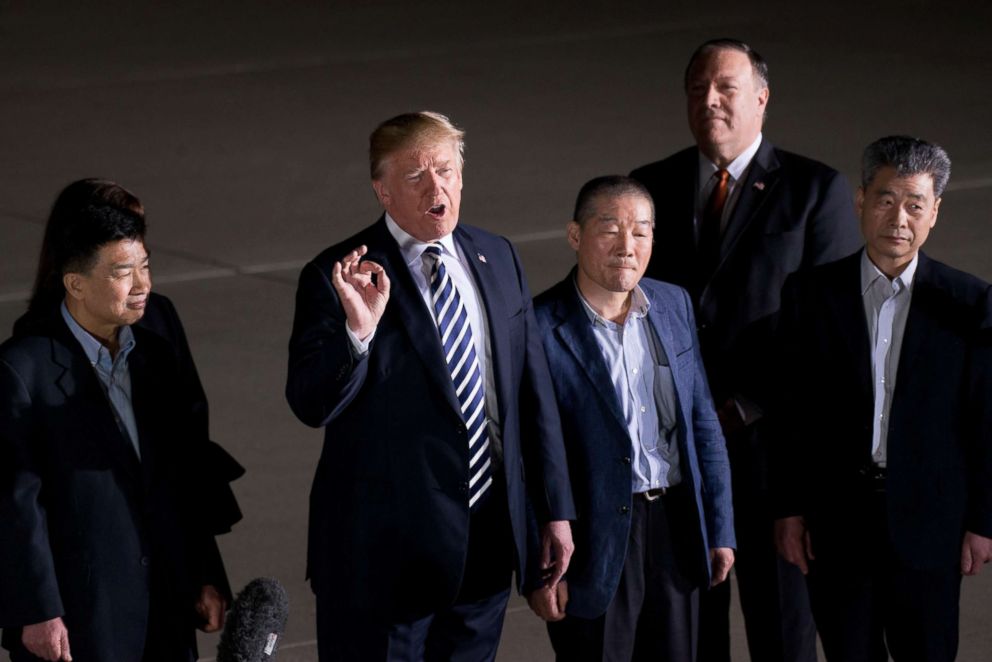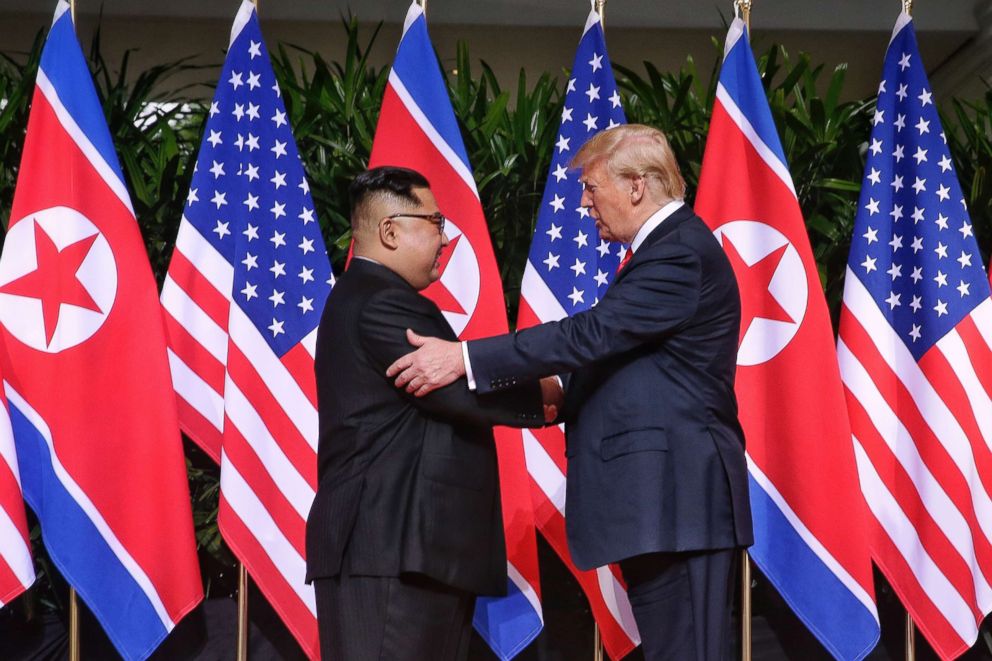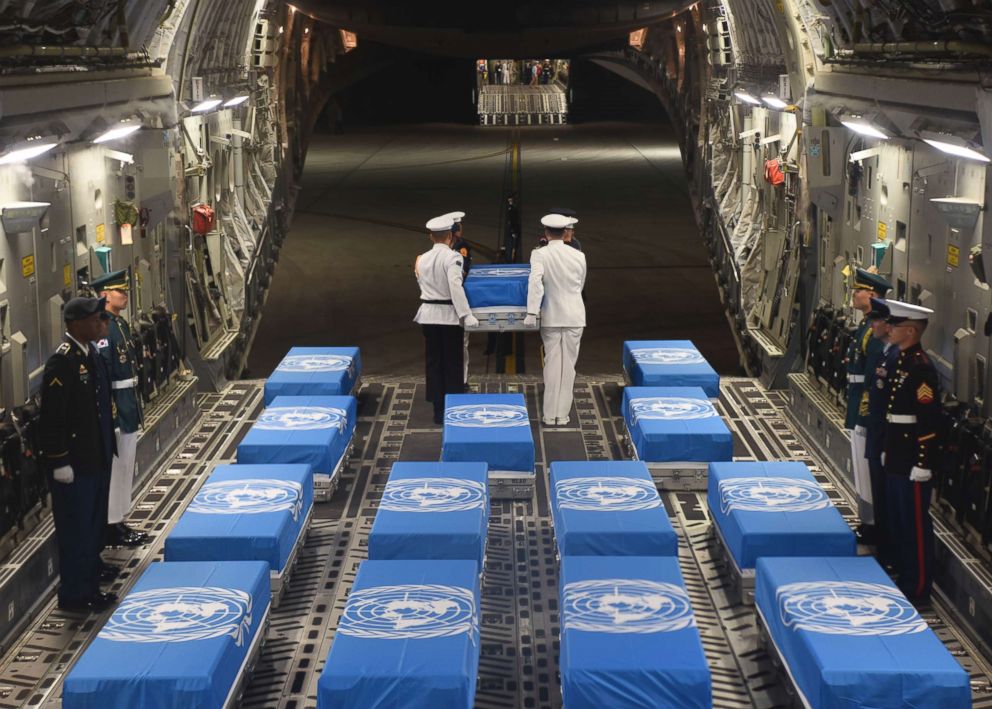Op-Ed: How to neutralize North Korea's nuclear threat without starting a world war
North Korea is working feverishly on its nuclear and missile programs.
— -- In the past two months, the calculus of the threat from North Korea has fundamentally changed. North Korean leader Kim Jong Un has demonstrated a missile that could reach most of America, has detonated a thermonuclear bomb at least 20 times more powerful than the one used on Hiroshima and has shown credible evidence of miniaturizing a nuclear weapon to fit atop an intercontinental ballistic missile. The Kim regime, once a regional threat, has now become a clear and present danger to the U.S. and to the stability of the world.
The unpalatable choices for President Trump are little different from those of his predecessors: more diplomacy, more economic sanctions or preventive military attacks on North Korean nuclear and missile facilities. These choices range from dangerous to demonstrably futile.
Diplomacy with North Korea has a decadeslong record of bipartisan failure. As Kim's nuclear weapons program continues apace, North Korea has no incentive to negotiate and has made it clear that denuclearization is off the table. The U.S. has nothing new to offer and no pressure to impose.
The seesaw relationship between North Korea and the United States
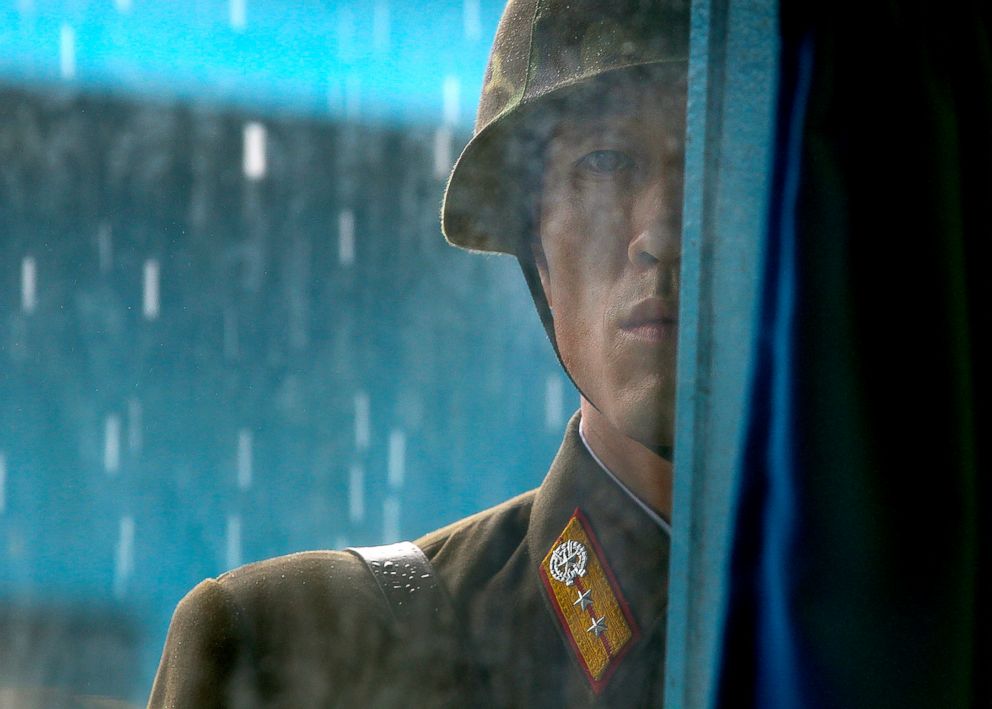
Nor will current approaches to economic pressure be effective without cooperation from China — which is unlikely, given that it has a vested interest in the stability of the Kim regime. Recent U.N. sanctions were so restrained by China that even Trump called them “not a big deal.” As Putin commented, the North Koreans will “eat grass” if they have to.
Traditionally, where diplomacy and sanctions fail, military force begins. But because there is so little good intelligence, any preventive attack on North Korean nuclear sites would undoubtedly miss critical elements of the program. More worryingly, a direct attack would risk igniting a devastating war on the Korean Peninsula that might include the exchange of thermonuclear weapons, even Kim’s firing of a salvo of nuclear weapons at the continental U.S. in desperation.
Yet doing nothing — allowing him to threaten the world and proliferate nuclear weapon technology to dangerous regimes such as Iran — is unacceptable.
There is another option. A strategy of active containment, using existing military capabilities, forming a missile defense perimeter in international waters around North Korea that would knock down every missile launched. This approach could quickly address a difficult problem in a restrained and efficient way and prevent Kim from continuing to develop the means to deliver nuclear weapons, without which he would be unable to threaten the world.
This idea is feasible using currently deployed naval technology. The U.S., South Korean and Japanese navies all have interoperable, state-of-the-art Aegis radar systems and will be buying associated SM-3 series missiles that can intercept most North Korean missiles throughout their flight. Most important, the newest SM-3 Block IIA version can knock down the kind of ICBM that could reach the contiguous U.S., in its ascent or terminal phase.
Unclassified U.S. Navy data shows that just two U.S., Japanese or Korean destroyers in international waters off North Korea could form this missile defense perimeter: one in the Sea of Japan, to the east of Korea, and one to the south in the Yellow Sea. Space-based sensors and powerful radar facilities in South Korea and Japan would detect missiles lifting off and pass initial targeting data to the ships, which could then launch missiles that would destroy the North Korean missiles in flight. Intercepts could be calculated to occur outside North Korean airspace and to have the debris fall relatively harmlessly into the ocean.
As with any strategy, there would be risks to weigh. One would be that a shot at a North Korean missile may miss — no intercept missiles have perfect records, particularly new ones — giving Kim a propaganda coup. But the price of temporary embarrassment would yield data points that would enable the U.S. to quickly perfect its technical capabilities, so that the next one wouldn’t miss.
The legality of shooting down a missile may be in question. While Kim would claim peaceful testing, the U.S., South Korea and Japan could claim collective self-defense. He would be hard pressed to claim sovereign infringement or find much sympathy at the U.N., where his missile program has been declared illegal. Intercepting illegal missiles in international airspace, firing from international waters, leaves little room for protest.
The worst-case risk to this approach is that will Kim lash out militarily as the prime source of his legitimacy, intimidation and hard currency is curbed. But this is a risk that is part of any forceful strategy to neuter North Korea.
Active containment would address not only the current North Korean threat but future threats as well. Although prudent to acknowledge the increased risks recently demonstrated by North Korea advances in missile and weapon capability, there are at least two critical parts of a credible nuclear capability that have not been demonstrated: a warhead that can survive the intense heat of re-entry and the ability to accurately target.
Without demonstrating these capabilities, Kim’s nuclear threat is based on a bluff. A more credible North Korean nuclear capability will still require much development and testing. He will need to continue to test missiles for the credibility that comes with reliability and so that rogue states such as Iran will continue to buy the missile technology that provides hard currency to run his regime. Active containment of North Korea would send a message to other potential bad actors who flout international law with impunity.
Shooting down every missile that Kim launches or at least holding them at risk could neutralize North Korea's nuclear weapon program not only by denying his ability to deliver them but also by impeding his ability to improve them — with far less risk than a preventive military strike on North Korean soil. No testing, no improvements, no credibility would mean less of a threat to the region and the U.S.
Given that Kim has bet his regime’s future on the ability to threaten the world with missile-delivered nuclear weapons, active containment could be a singularly effective and efficient step toward thwarting his dangerous ambitions while reducing the risk of an unimaginable nuclear war.
Steve Ganyard is an ABC News contributor. He is a former deputy assistant secretary of state and Marine Corps colonel.
